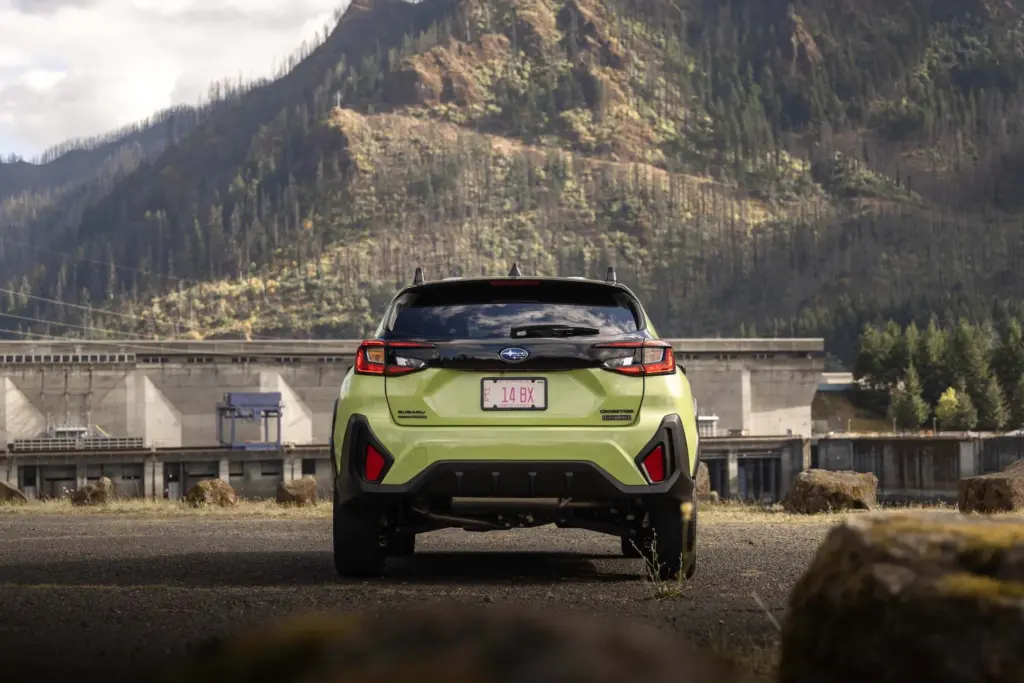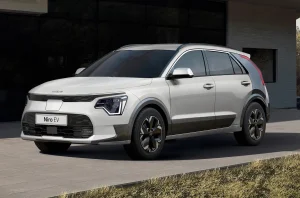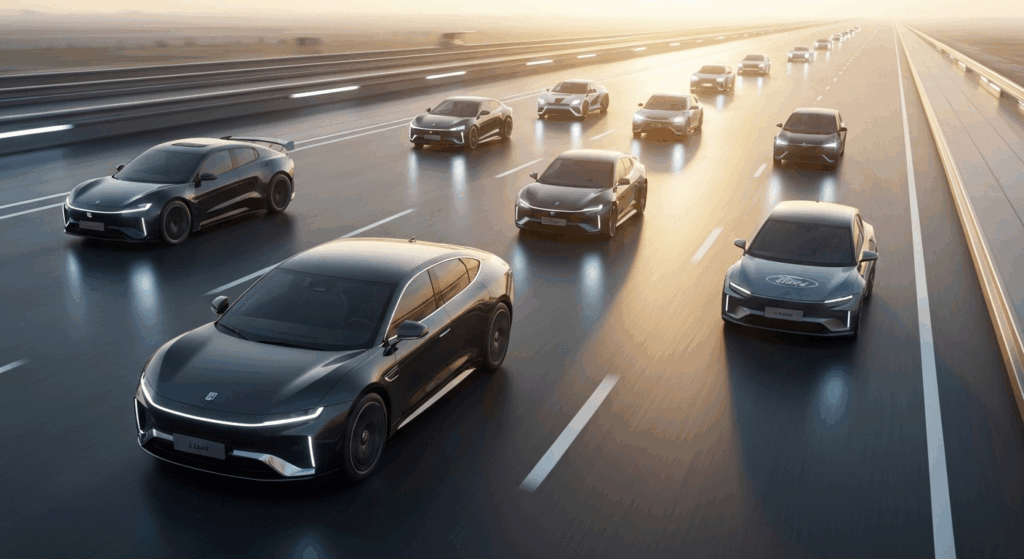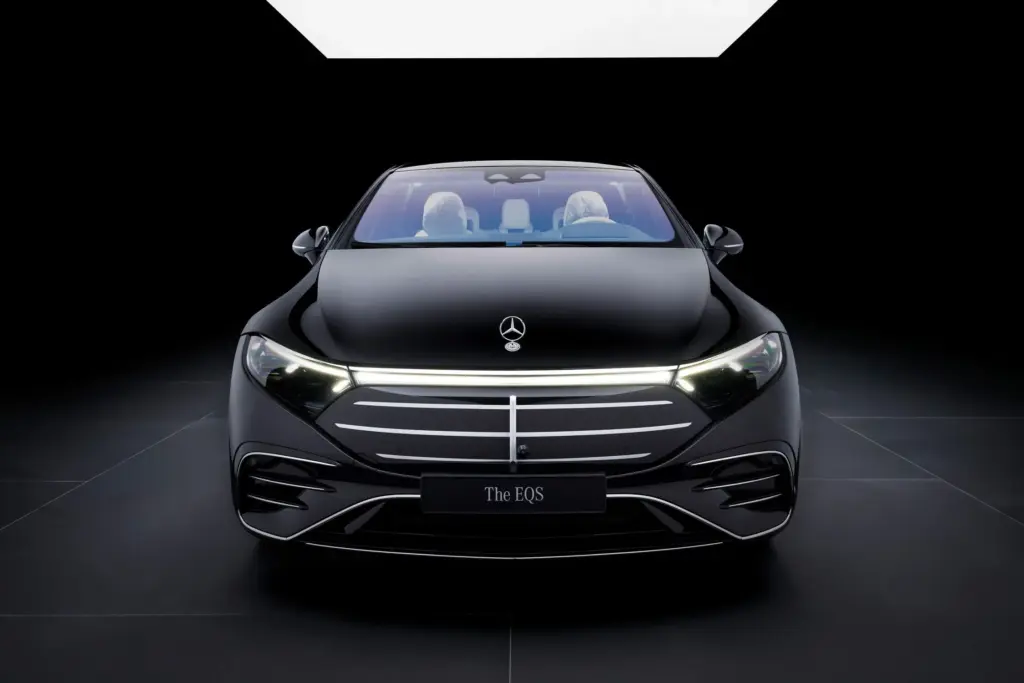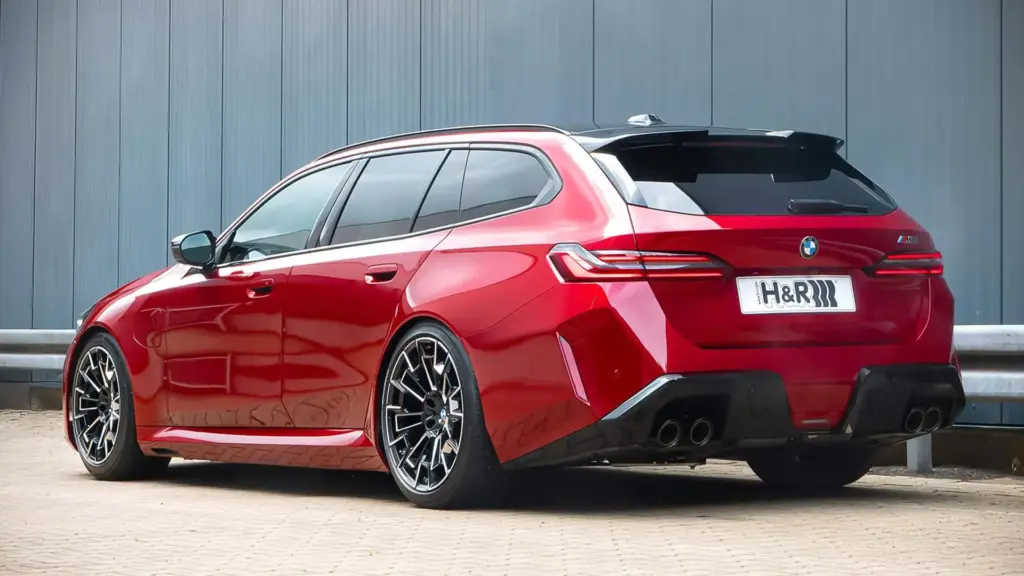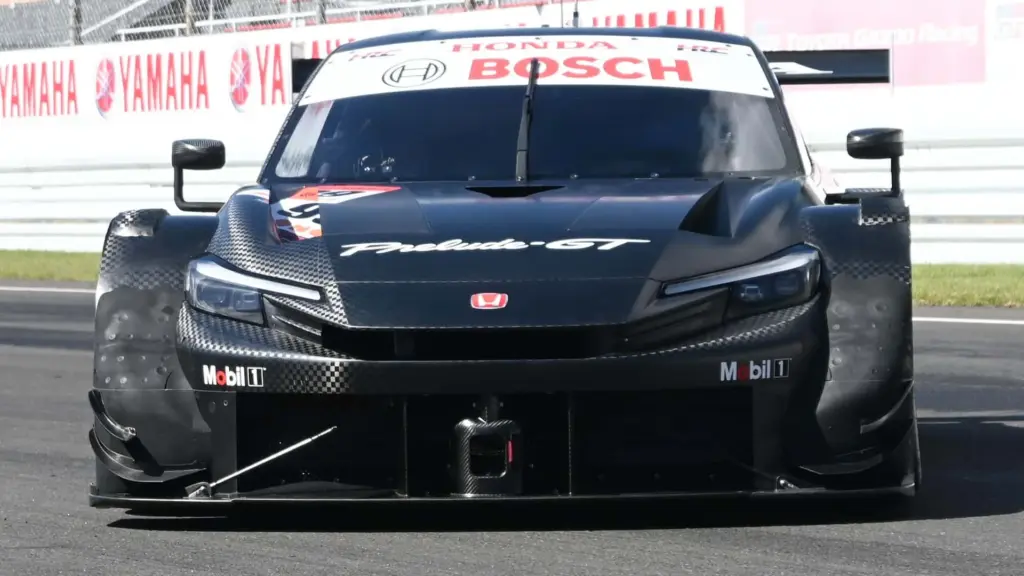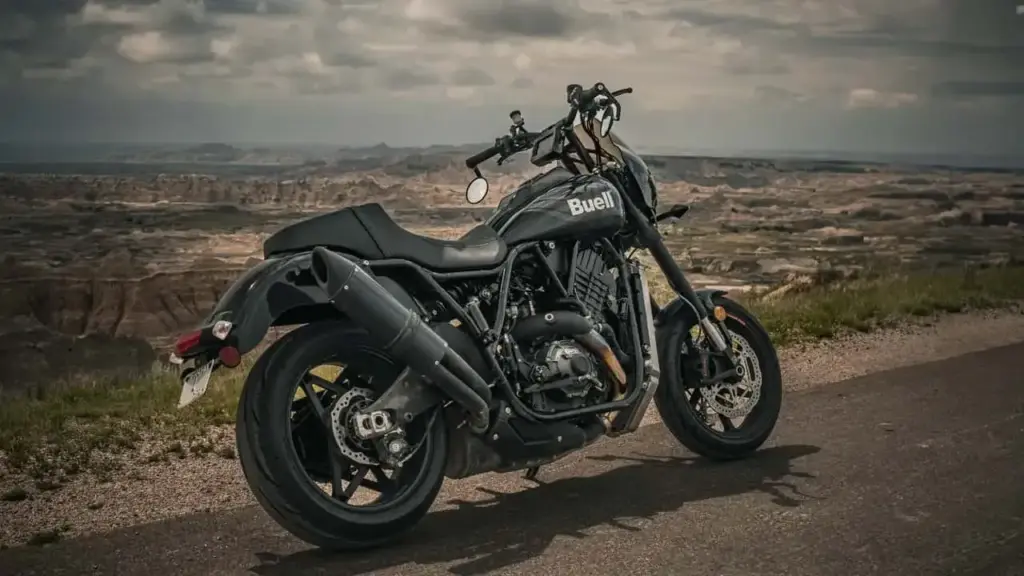The highly anticipated VW Tera, Volkswagen’s new compact SUV, finally emerges on the Brazilian automotive scene, promising to shake up the entry-level segment. Introduced during the vibrant Carnival in Rio de Janeiro in 2025, this model is set to compete directly with giants like the FIAT Pulse and the RENAULT Kardian. While the commercial launch is scheduled for May 2025, curiosity about its technical specifications of the VW Tera is palpable. In this article, we will delve into the technical details already revealed and the expectations surrounding this promising SUV, seeking to uncover what the VW Tera has to offer in terms of engineering and performance.
MQB-A0 Platform: The Technological Base of the VW Tera
One of the fundamental pillars of the VW Tera lies in its platform: the renowned MQB-A0. Shared with other successful Volkswagen models, such as the Polo, Nivus, and T-Cross, this modular platform is synonymous with modern engineering and versatility. The MQB-A0 allows for the optimization of various aspects of the vehicle, from interior space and safety to driving dynamics and energy efficiency. The choice of this platform for the Tera is not random but rather strategic, aiming to ensure a competitive product with efficient production costs and proven quality.
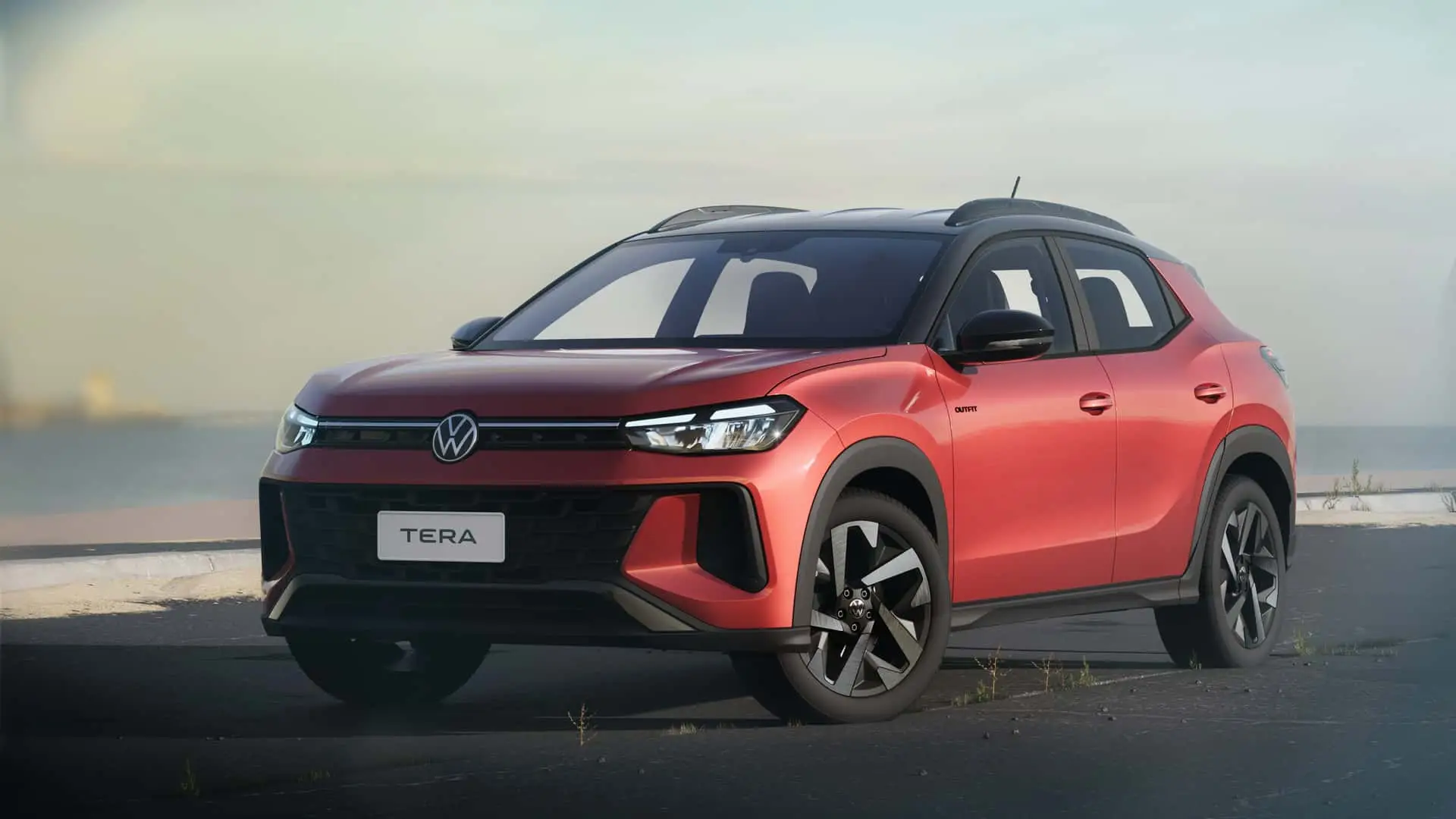
The use of the MQB-A0 platform also implies expectations regarding the vehicle’s structural rigidity and dynamic behavior. The VW Tera is expected to inherit positive characteristics from its platform siblings, such as stability in corners and impact absorption, contributing to a safe and enjoyable driving experience. Additionally, the platform allows for the integration of advanced technologies and electronic systems, which is crucial for a car that seeks to stand out in the competitive compact SUV market.
Engine and Performance: The Heart of the VW Tera
In terms of engine, the VW Tera already has a confirmed trump card: the 1.0 TSI engine. This turbocharged powertrain, already known and appreciated in other Volkswagen models, delivers a power output of 116 hp. Although the exact torque figures and specific calibration for the Tera have not yet been disclosed, expectations are for agile and responsive performance, suitable for both urban use and highway trips. The TSI technology (Turbocharged Stratified Injection) combines direct fuel injection and a turbocharger, resulting in a linear and efficient power delivery, focusing on the driving pleasure and fuel economy.
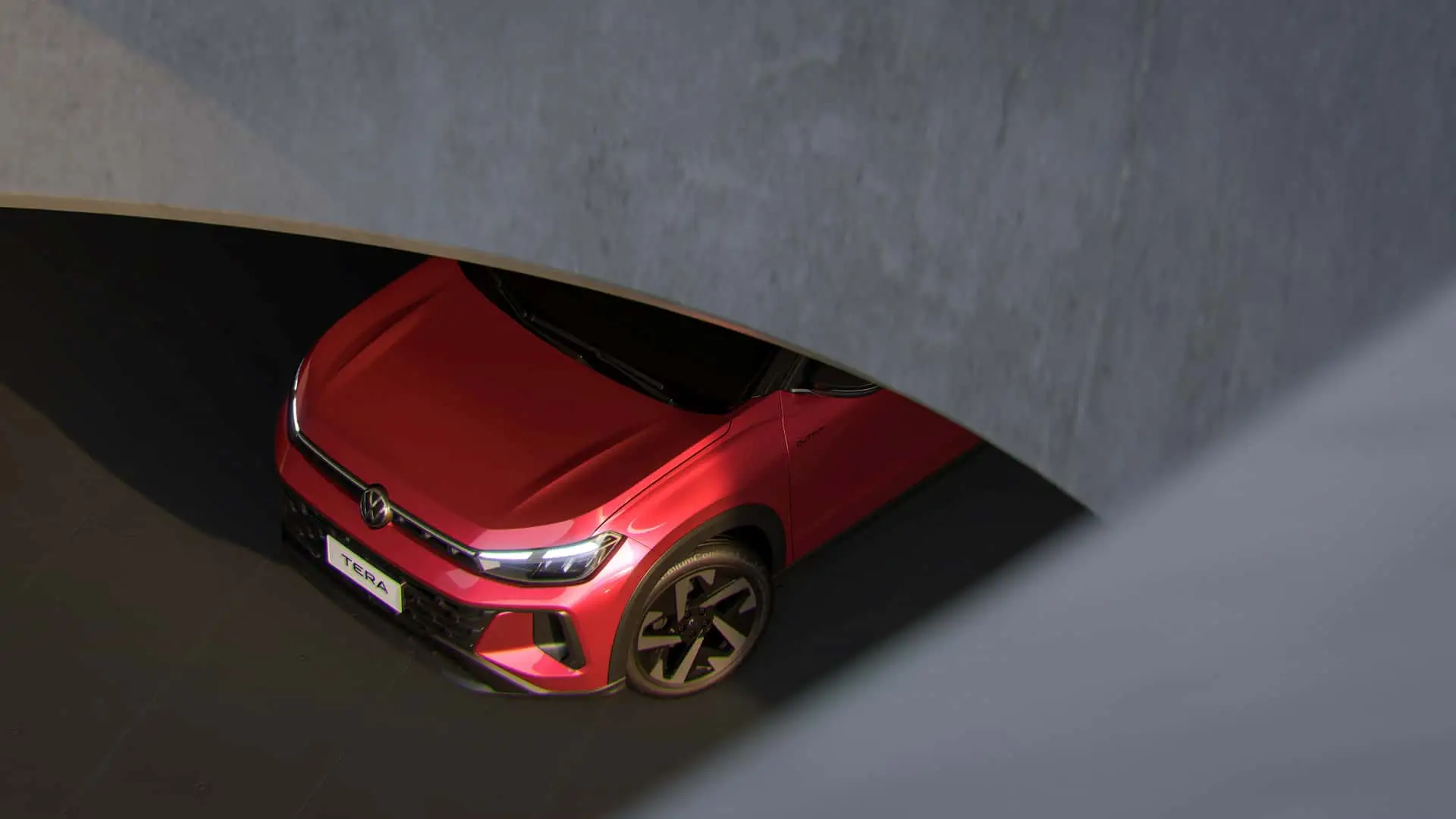
Doubts still linger about the availability of other engine options for the VW Tera. Considering the segment and Volkswagen’s strategy, the possibility of versions with the aspirated 1.0 MPI engine for the entry configurations is not ruled out, aiming for a more competitive price. However, the main focus appears to be the 1.0 TSI, which represents a good balance between performance and efficiency, aligned with market trends and the demands of consumers seeking a modern and versatile compact SUV. Details such as acceleration time from 0 to 100 km/h and overtaking capabilities remain uncertain but will certainly be crucial for evaluating the real performance of the VW Tera compared to its direct competitors.
Dimensions and Capacity: Smart Space for Everyday Use
The dimensions of the VW Tera are a crucial point for its positioning in the compact SUV segment. Although official data is not yet fully available, estimates suggest a length of 4,074 mm and a wheelbase of 2,566 mm. These measurements indicate a size similar to its direct competitors, such as the FIAT Pulse and the RENAULT Kardian. The generous wheelbase, characteristic of the MQB-A0 platform, should provide good interior space for occupants, both in the front and rear seats, which is a fundamental factor for families and those seeking comfort in daily travel.
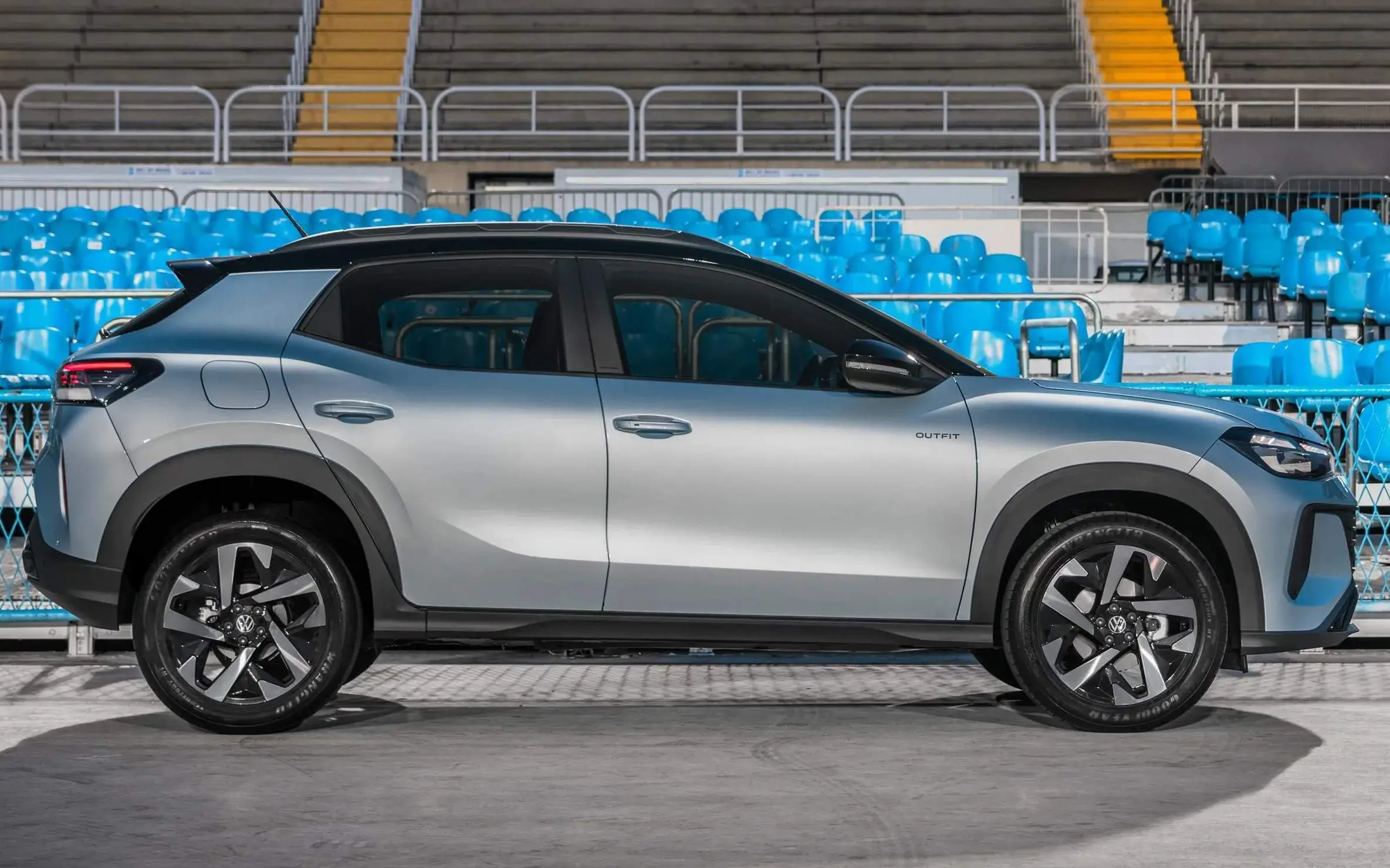
The capacity of the trunk is another aspect of great interest for consumers of compact SUVs. Although the exact volume of the VW Tera’s trunk has not yet been disclosed, it is expected to align with segment standards, providing enough space for luggage and everyday shopping. The internal configuration, with foldable rear seats, should enhance the versatility of the trunk, allowing for the transport of larger items when necessary. Details such as trunk height, width, and depth, as well as legroom and headroom in the rear seats, are technical information that consumers will eagerly seek as soon as they are officially released.
Design and Equipment: VW Technology and Style
The design of the VW Tera, although not yet fully revealed in specific details, already showcases elements that identify it as a member of the Volkswagen family. LED headlights and taillights, diamond-cut alloy wheels, and the VW Play Connect multimedia system are confirmed highlights. The LED headlights and taillights not only provide a modern and sophisticated look but also offer greater luminous efficiency and durability. The diamond-cut alloy wheels add a touch of sportiness and elegance to the SUV’s exterior.
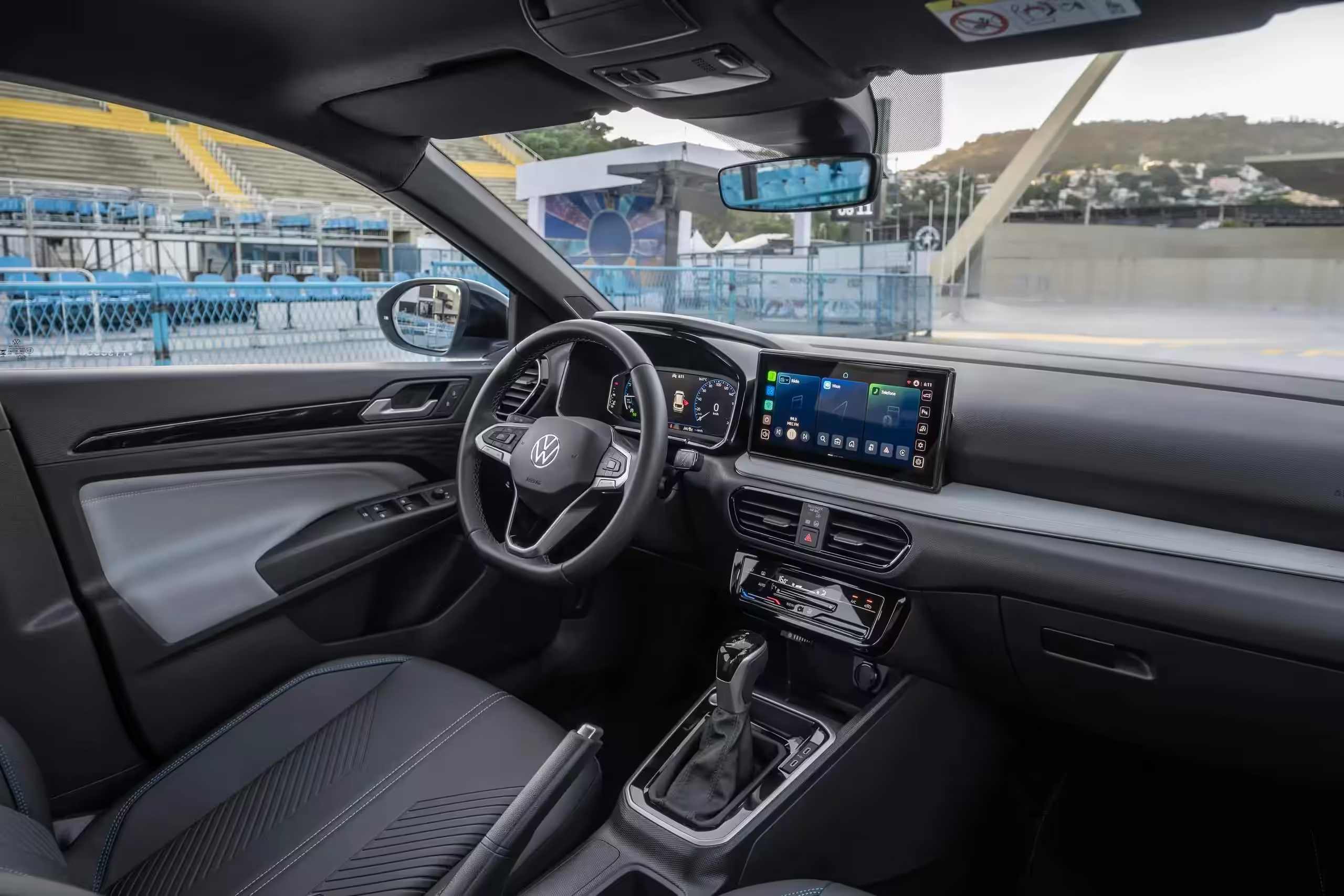
The VW Play Connect multimedia system is one of the main differentiators in terms of embedded technology. It is expected to offer advanced connectivity, with smartphone mirroring, integrated apps, and an intuitive and customizable interface. In addition to the multimedia system, other technological features are anticipated in the VW Tera, such as a digital instrument panel, driving assistants, and active and passive safety features. The complete list of equipment and options, as well as the detailed technical specifications of the VW Tera for each system, will be decisive for positioning the VW Tera in relation to its competitors in terms of cost-effectiveness and technological offerings.
Competitors and Market Positioning: The Battle in the Segment
The VW Tera arrives in the market to compete in an extremely competitive segment, that of entry-level compact SUVs. Its established direct competitors are the FIAT Pulse and the RENAULT Kardian, models that have already captured a significant share of the Brazilian market. The competition in this segment is fierce, and the success of the VW Tera will depend on various factors, including price, technical specifications of the VW Tera, design, equipment, and the reputation of the Volkswagen brand.
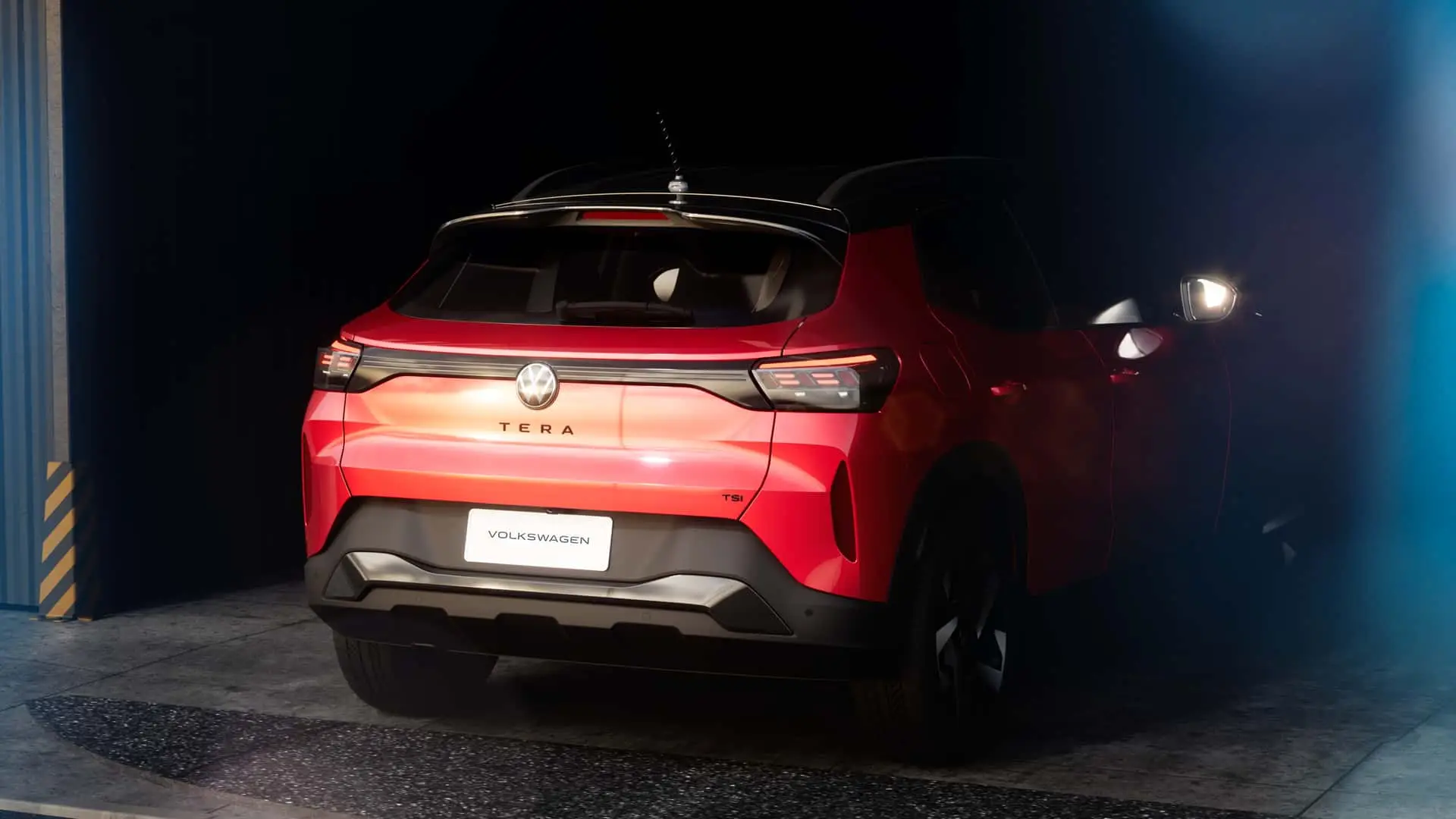
The positioning strategy of the VW Tera seems to be to offer a product with the quality and technology characteristic of Volkswagen, in a more accessible price segment. The use of the MQB-A0 platform and the 1.0 TSI engine indicates that Volkswagen aims to deliver a modern, efficient, and enjoyable-to-drive compact SUV. Direct comparisons with its competitors, in terms of technical specifications of the VW Tera such as power, torque, fuel consumption, dimensions, and trunk capacity, will be inevitable. Consumers will be keenly aware of the technical details to evaluate which model offers the best package in terms of performance, space, technology, and cost-effectiveness.
Prices and Versions: The Commercial Strategy of the VW Tera
The estimated price range for the VW Tera, between R$ 100,000 and R$ 140,000, places it in direct competition with its main rivals. Within this range, Volkswagen is expected to offer different versions and configurations of the Tera, aiming to cater to a variety of consumer profiles. The mentioned MPI, TSI, Comfort, and High versions indicate a possible hierarchy of finishes and equipment, with the MPI version as the entry-level option, the TSI focusing on performance, and the Comfort and High versions offering more comfort and technology.
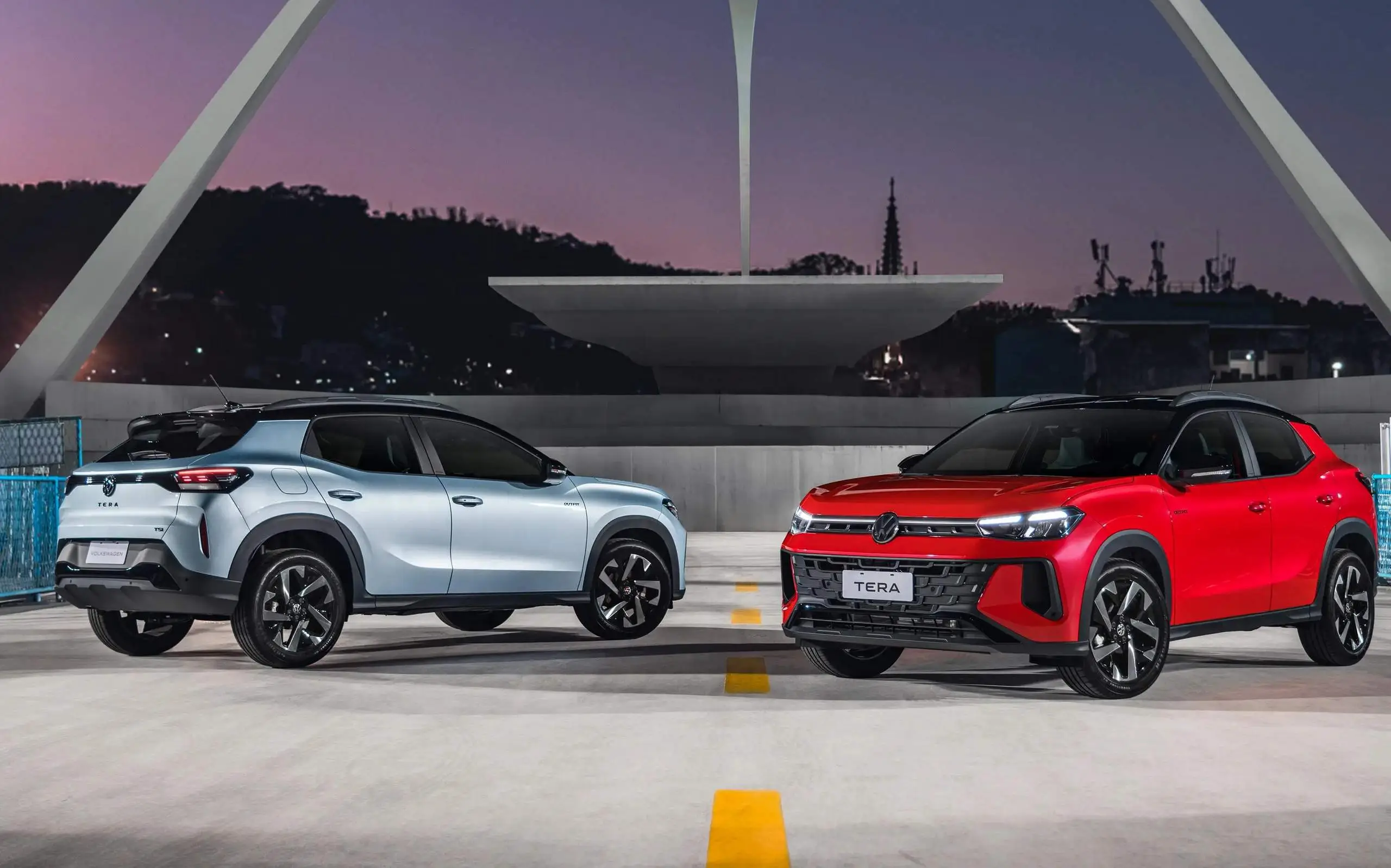
The official price list and the detailed technical specifications of the VW Tera for each version will be crucial information for the commercial success of the VW Tera. Consumers will seek to understand the differences between the versions, the standard and optional equipment, and how the price compares to that of competitors in each range. Volkswagen’s pricing and version strategy will be decisive in defining the position of the VW Tera in the market and its ability to attract consumers in a segment so sensitive to prices and technical specifications of the VW Tera.
The Future of the VW Tera
The VW Tera arrives in the Brazilian market with high expectations. As a compact SUV from Volkswagen, it carries the weight of the brand’s reputation and the promise of delivering a quality and technologically advanced product. The technical specifications of the VW Tera already revealed, such as the MQB-A0 platform and the 1.0 TSI engine, indicate a modern and efficient vehicle with the potential to stand out in the competitive compact SUV segment. However, crucial technical details, such as exact dimensions, trunk capacity, real-world fuel consumption, complete equipment list, and official prices, are still eagerly awaited.
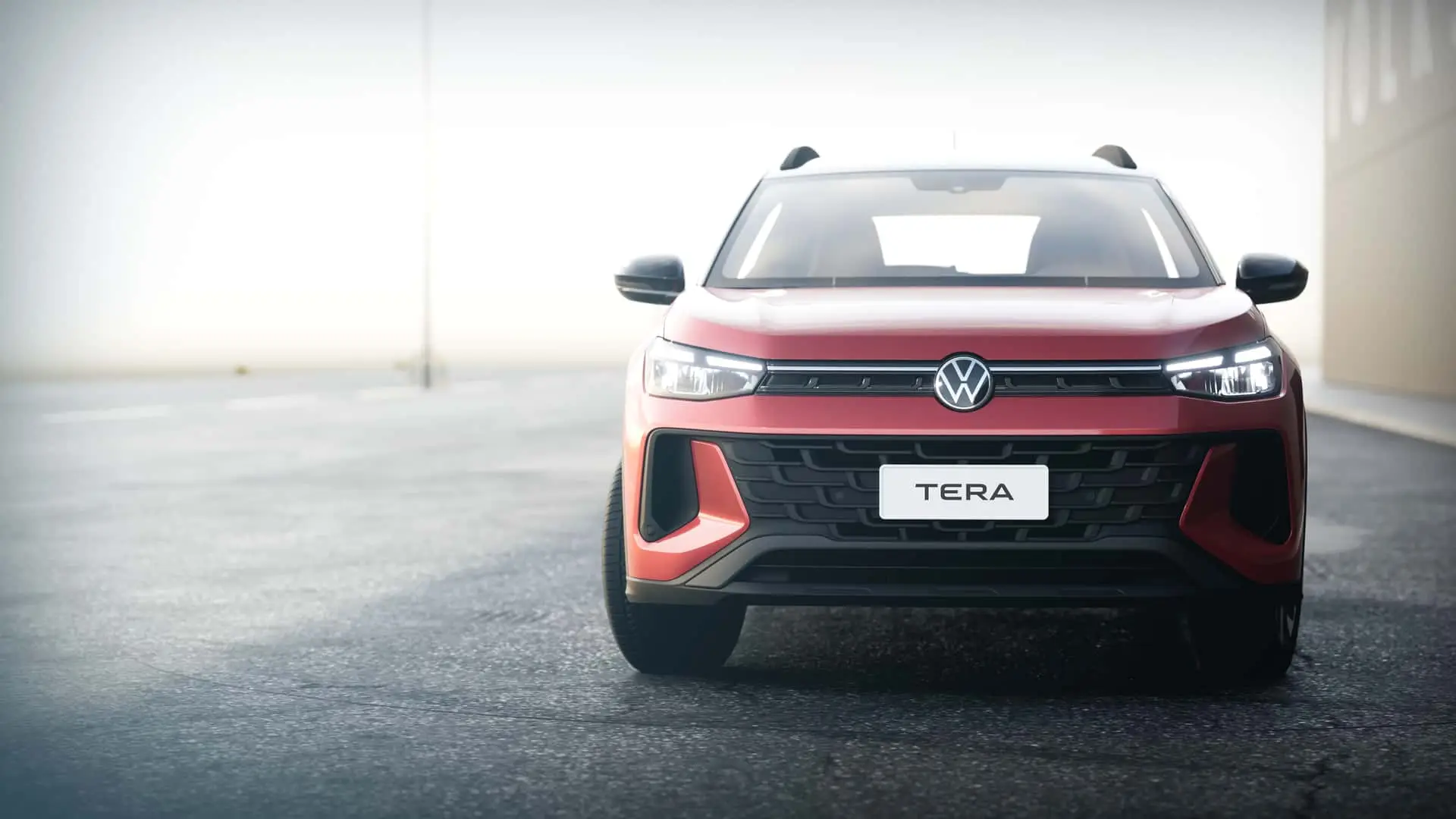
The success of the VW Tera will depend on the combination of various factors, including the delivery of competitive technical specifications of the VW Tera, an attractive design, a generous equipment list, and an aggressive pricing strategy. Brazilian consumers, who are increasingly demanding and informed, will seek to analyze the technical specifications of the VW Tera in detail and compare them with those of competitors before making their purchase decision. The launch of the VW Tera promises to invigorate the compact SUV market and reignite competition in one of the most important segments of the Brazilian automotive market.
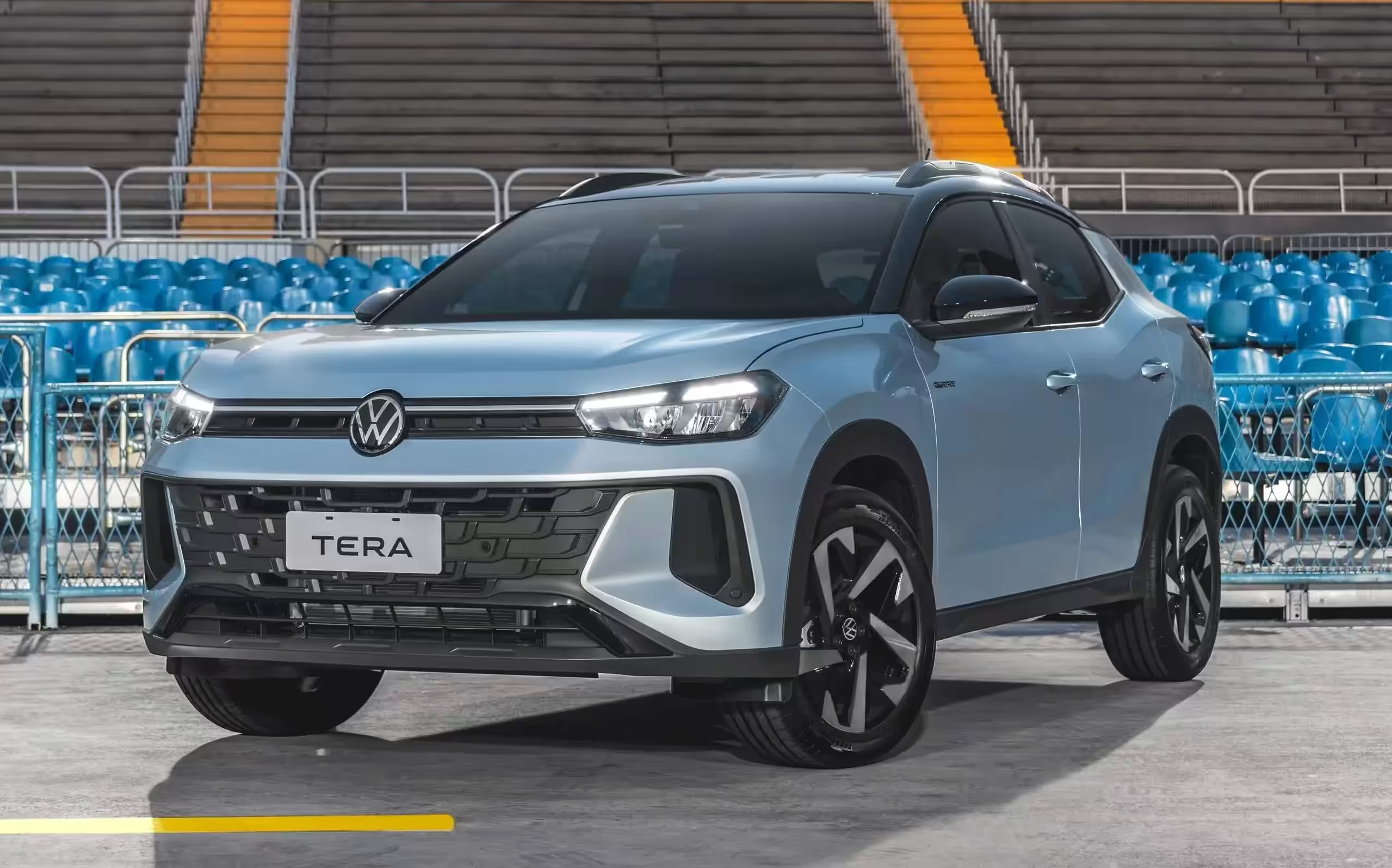
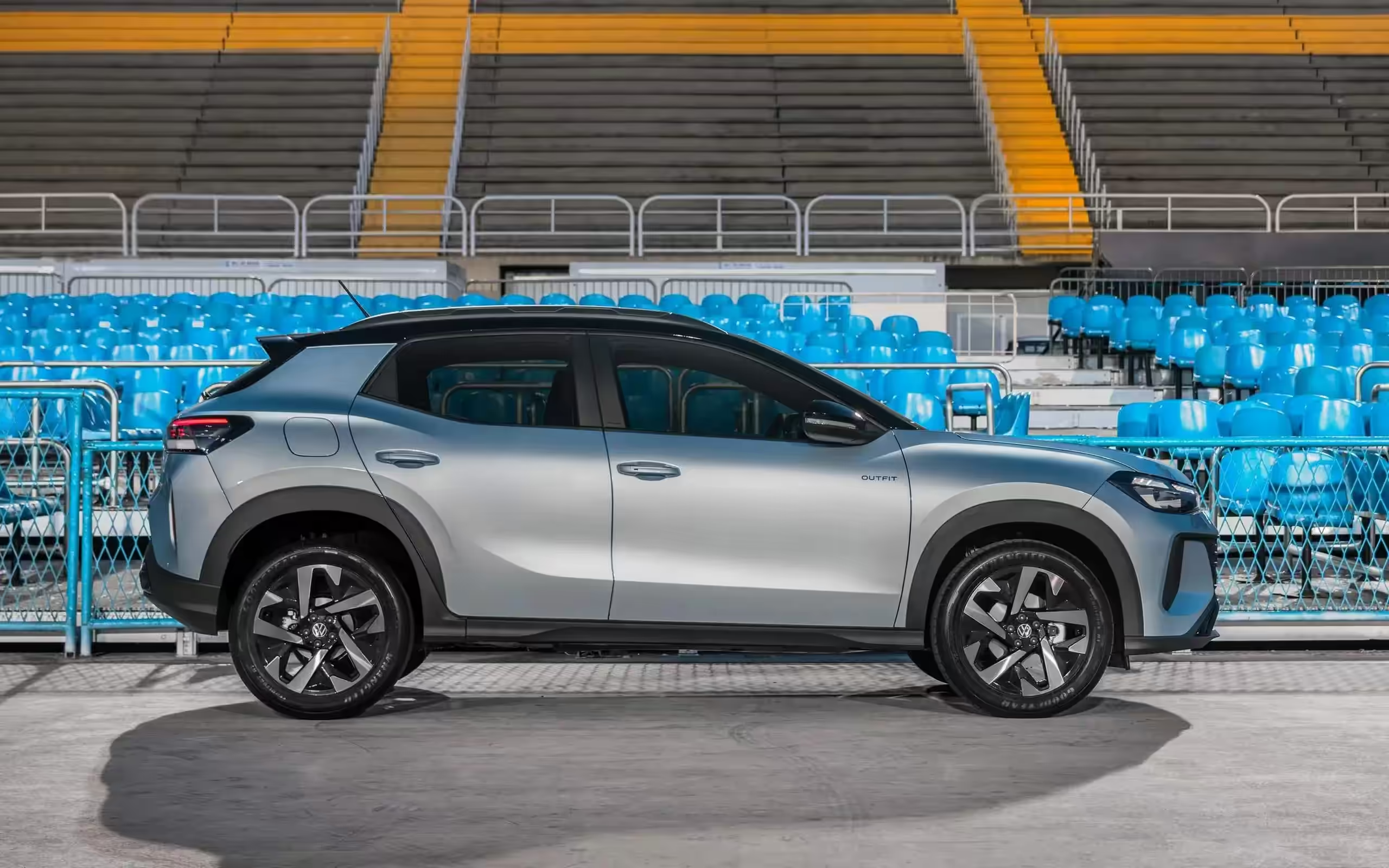
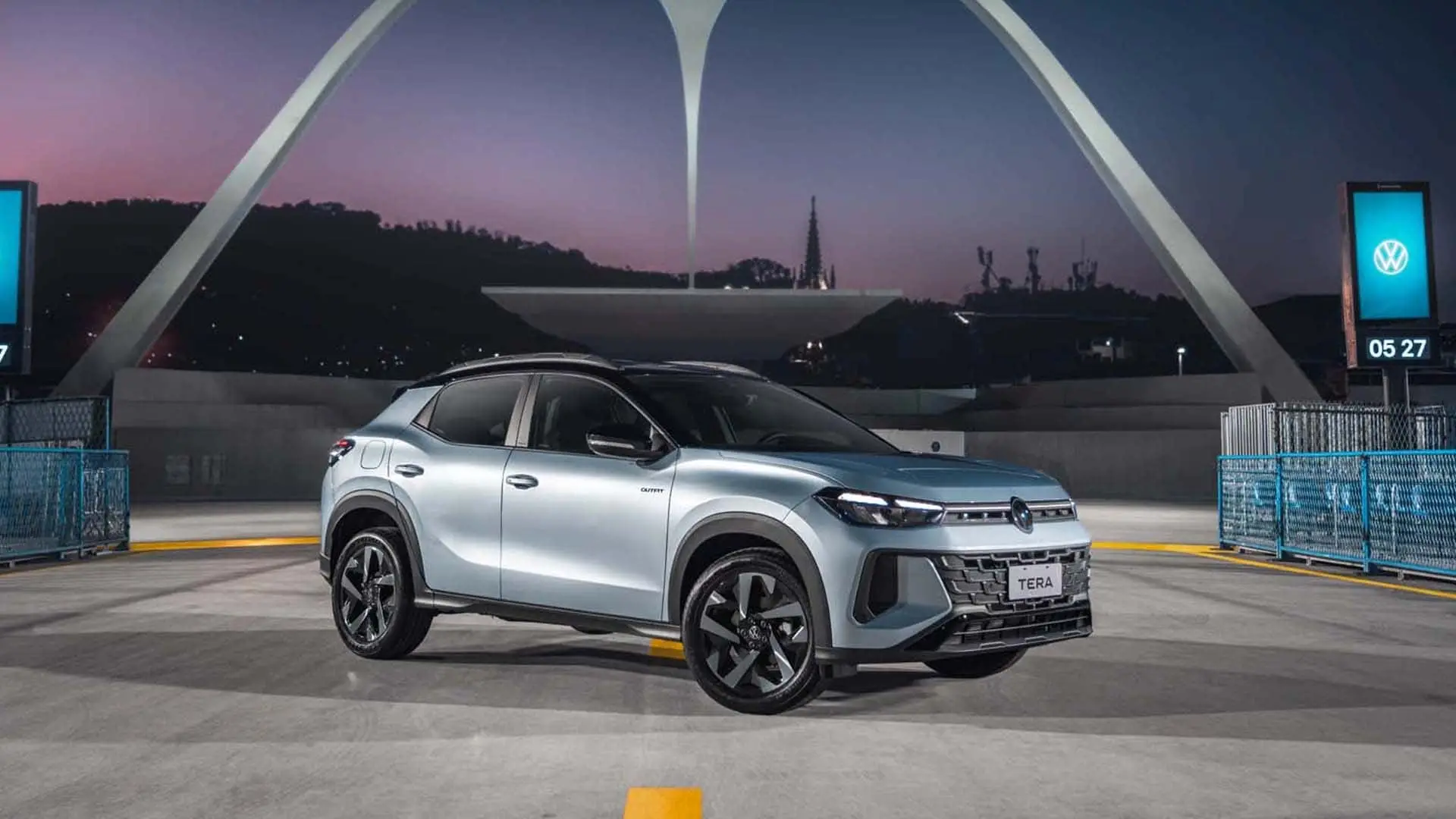
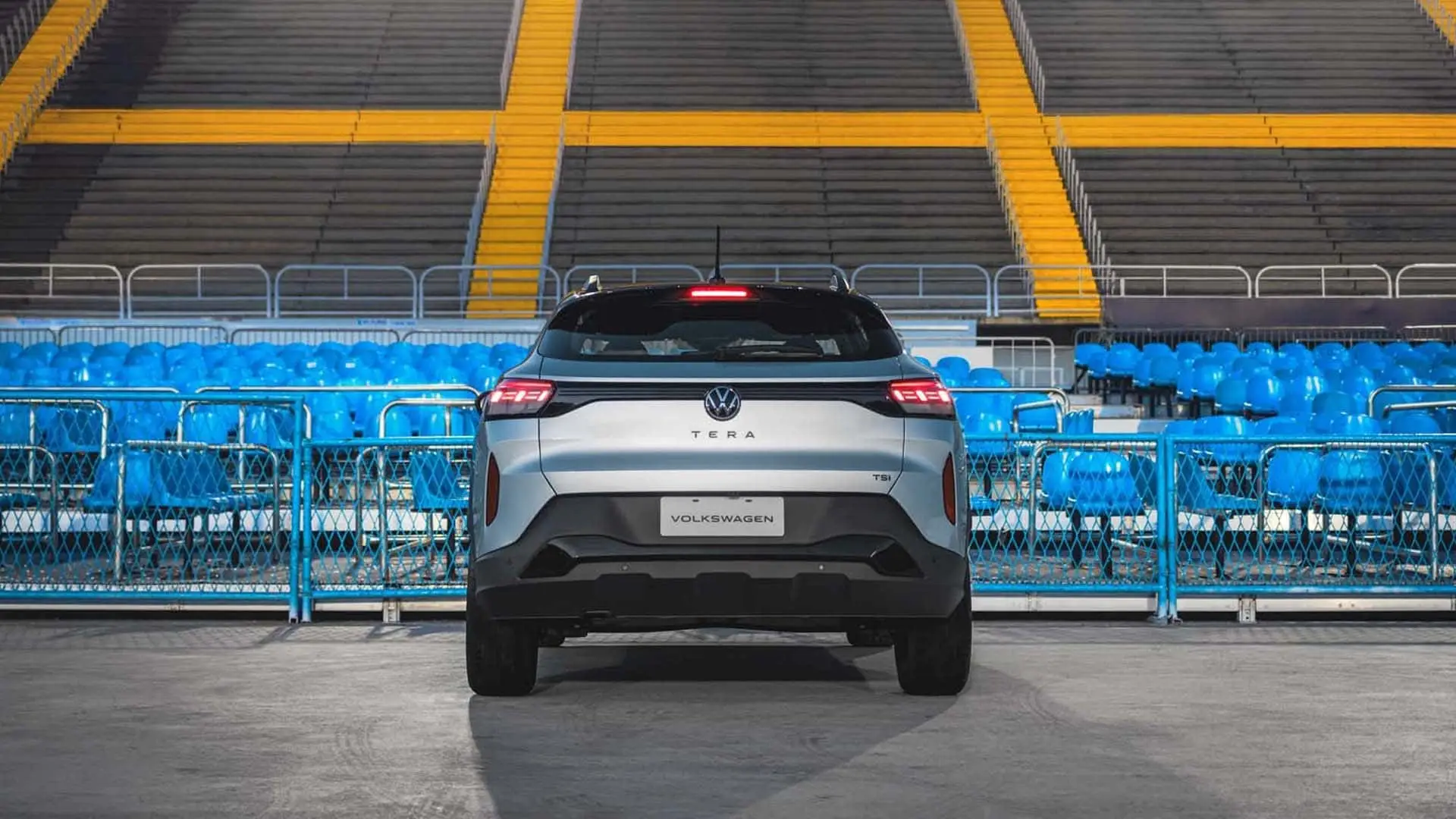

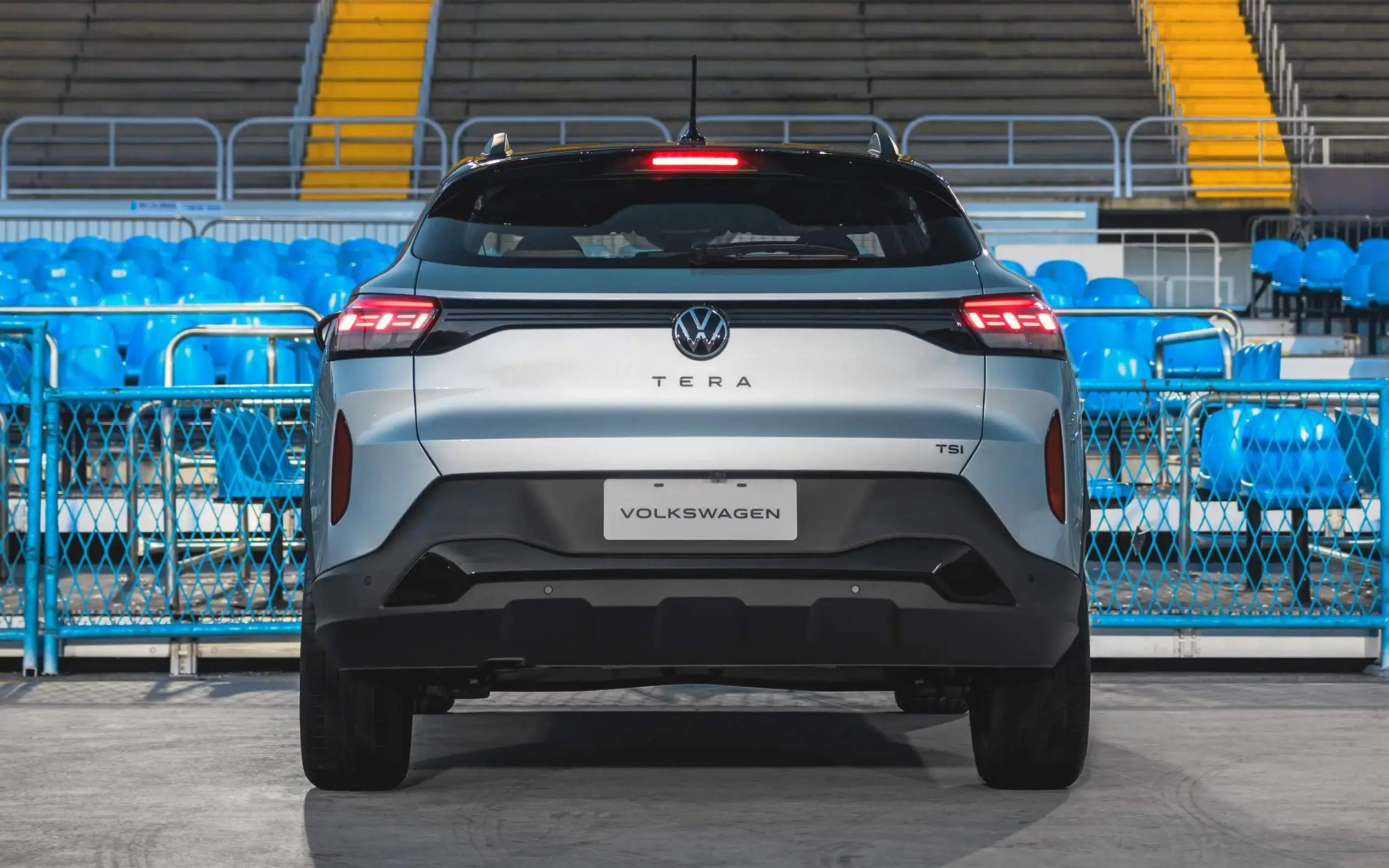
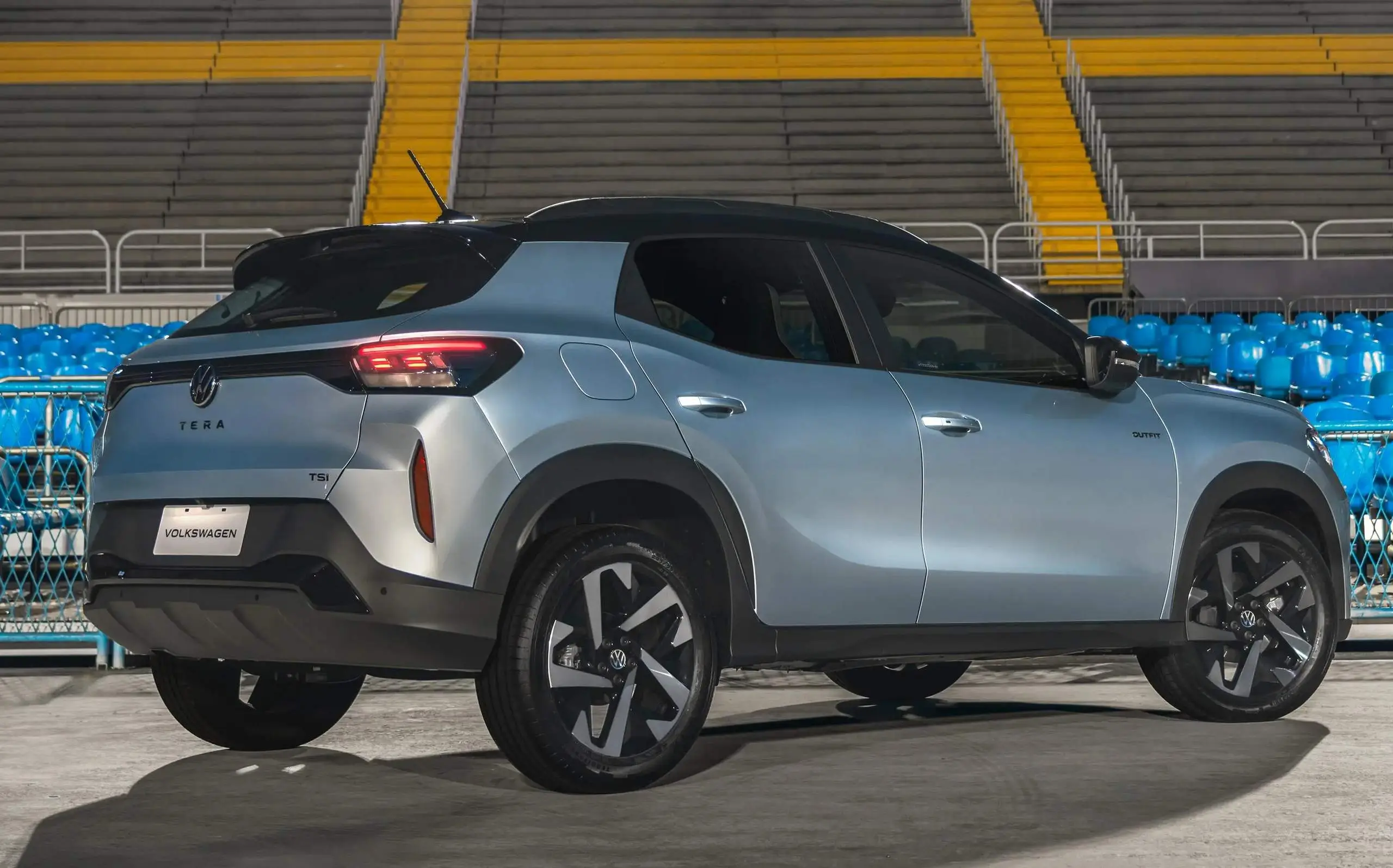

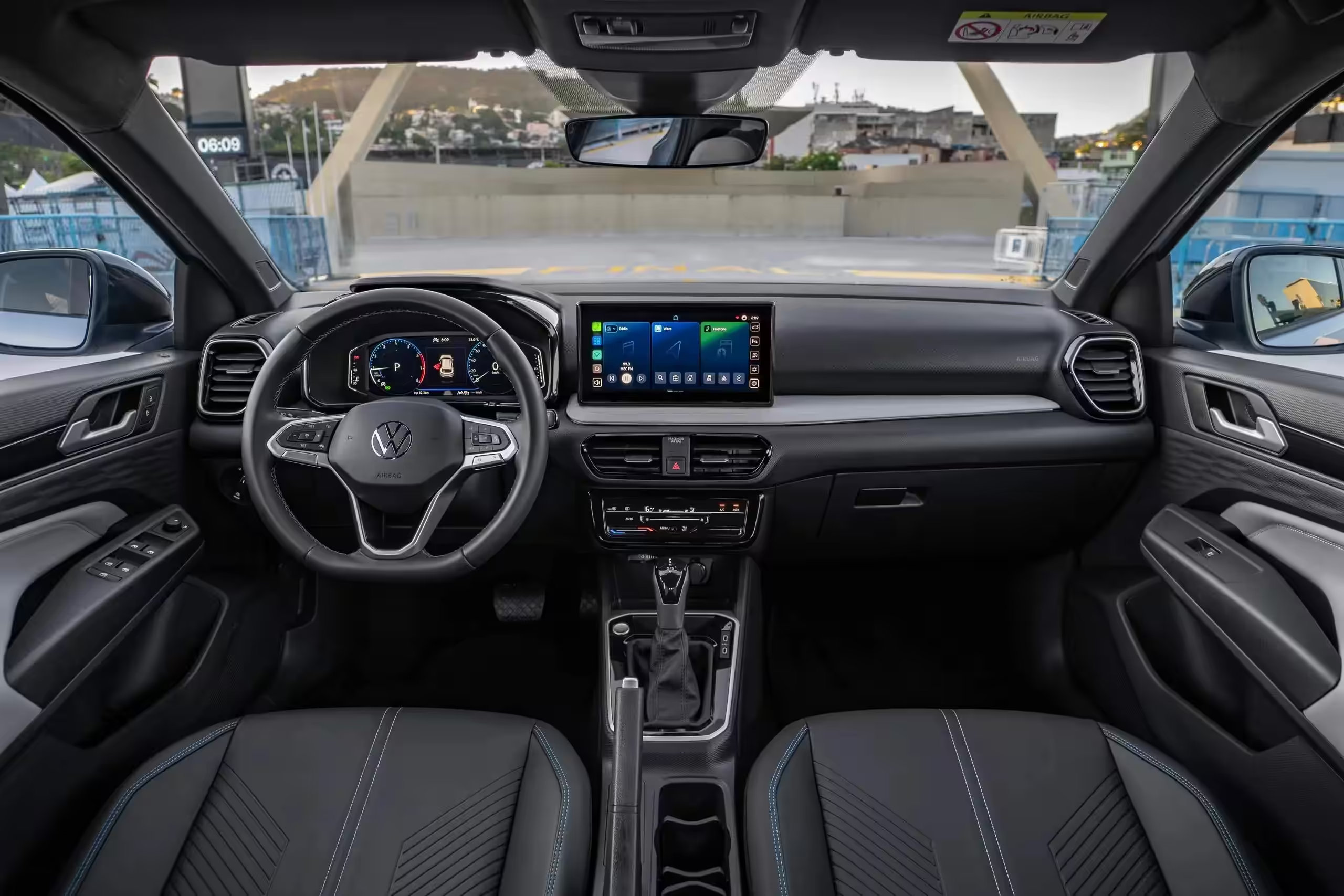
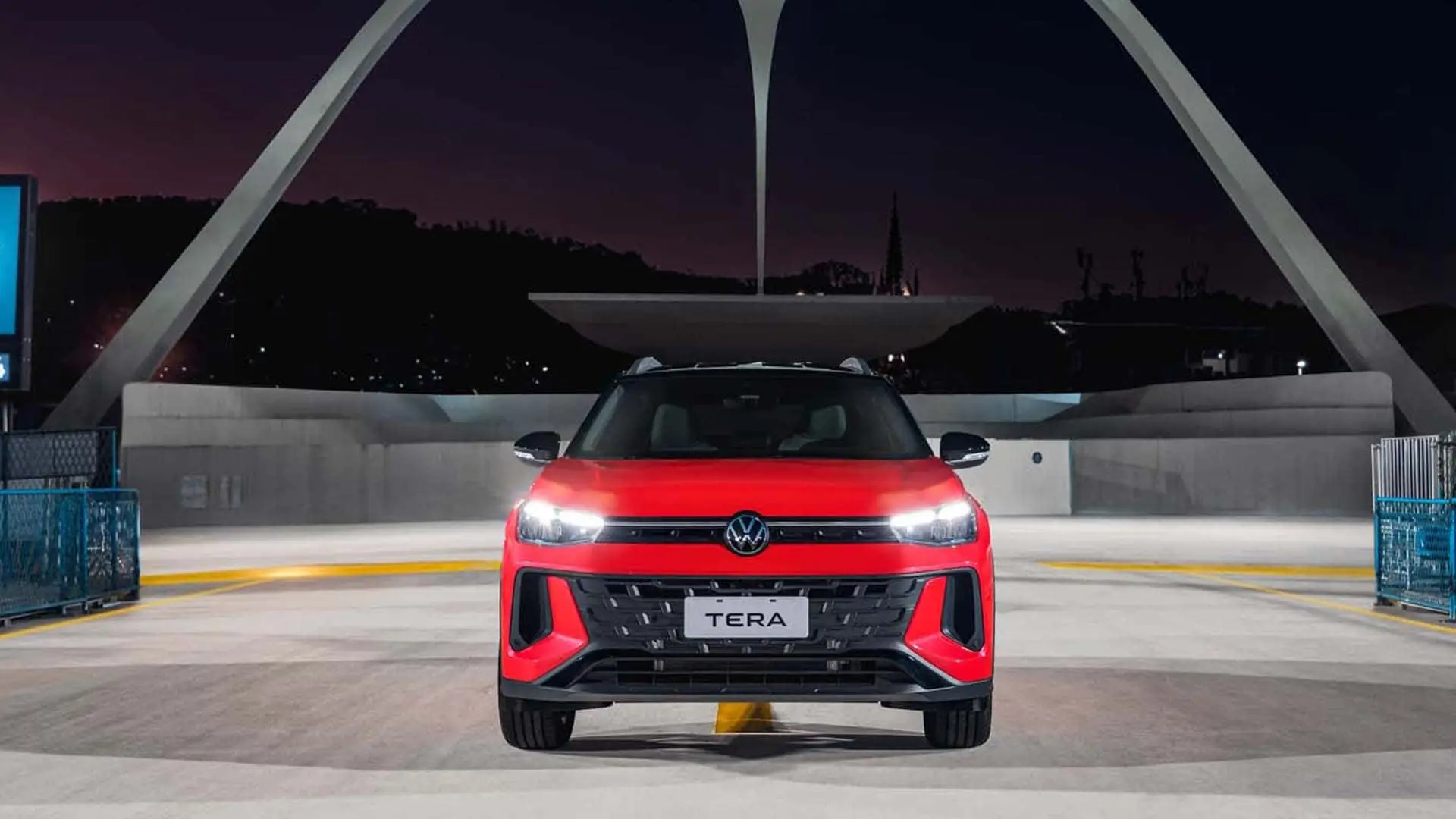
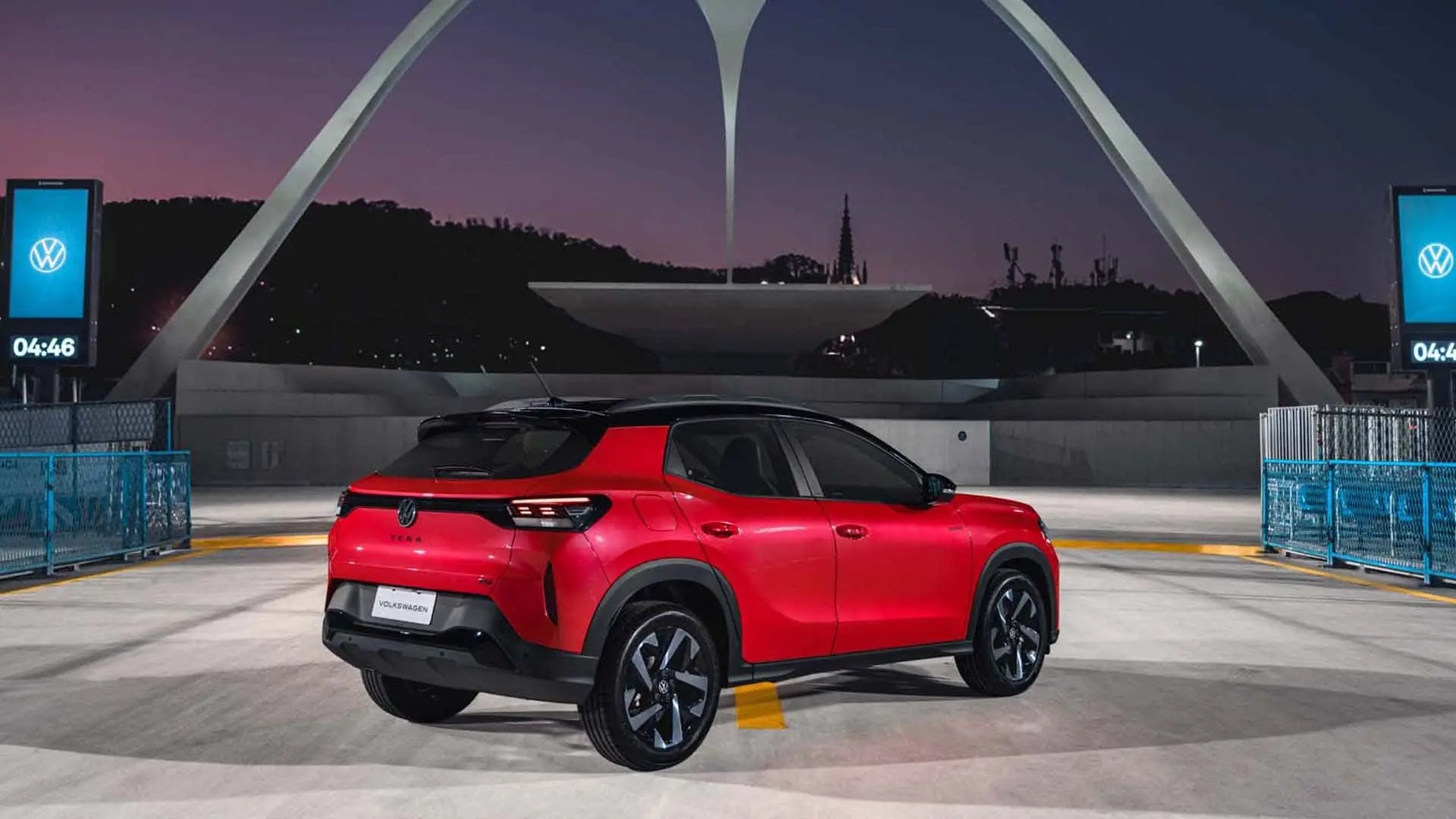
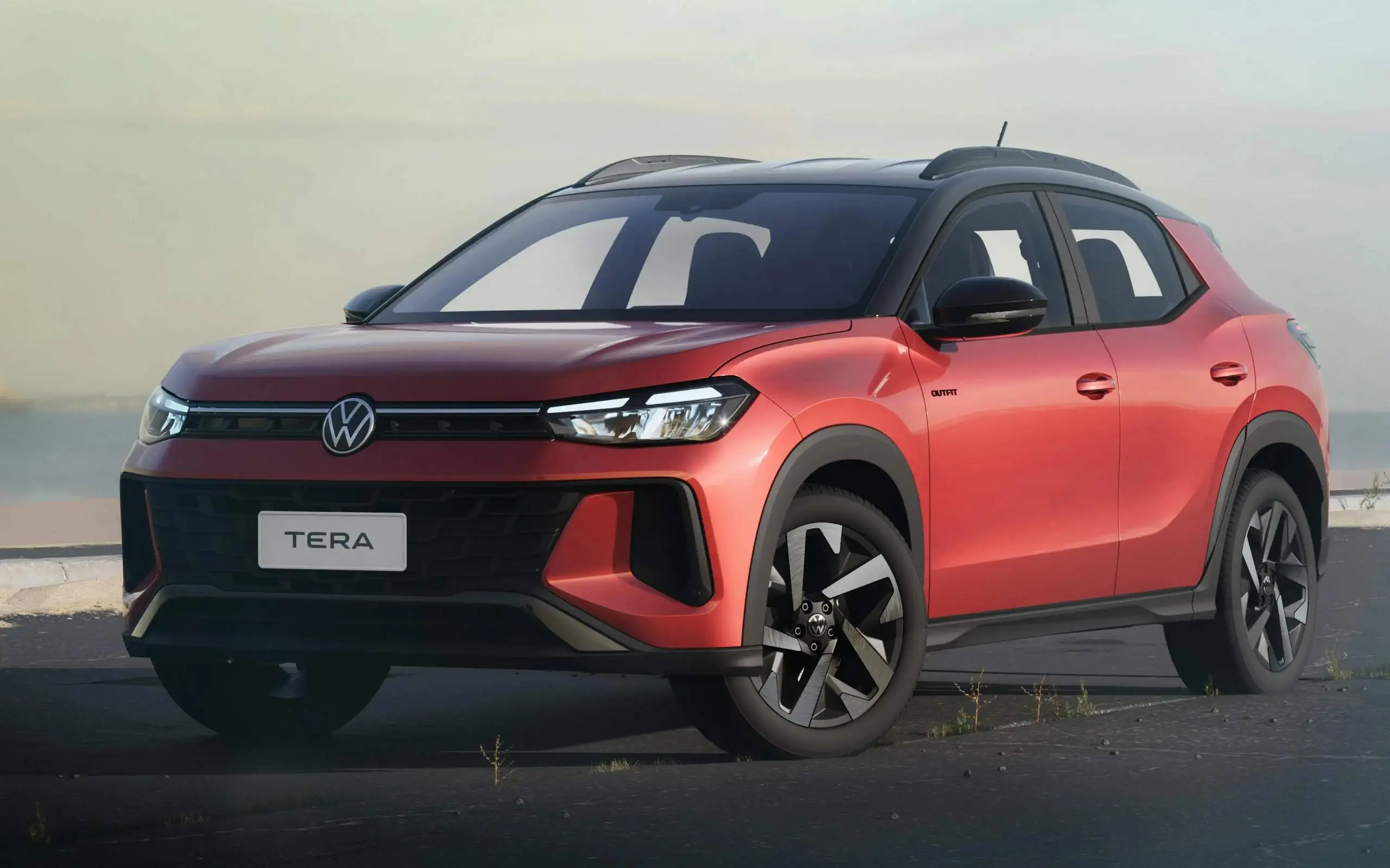
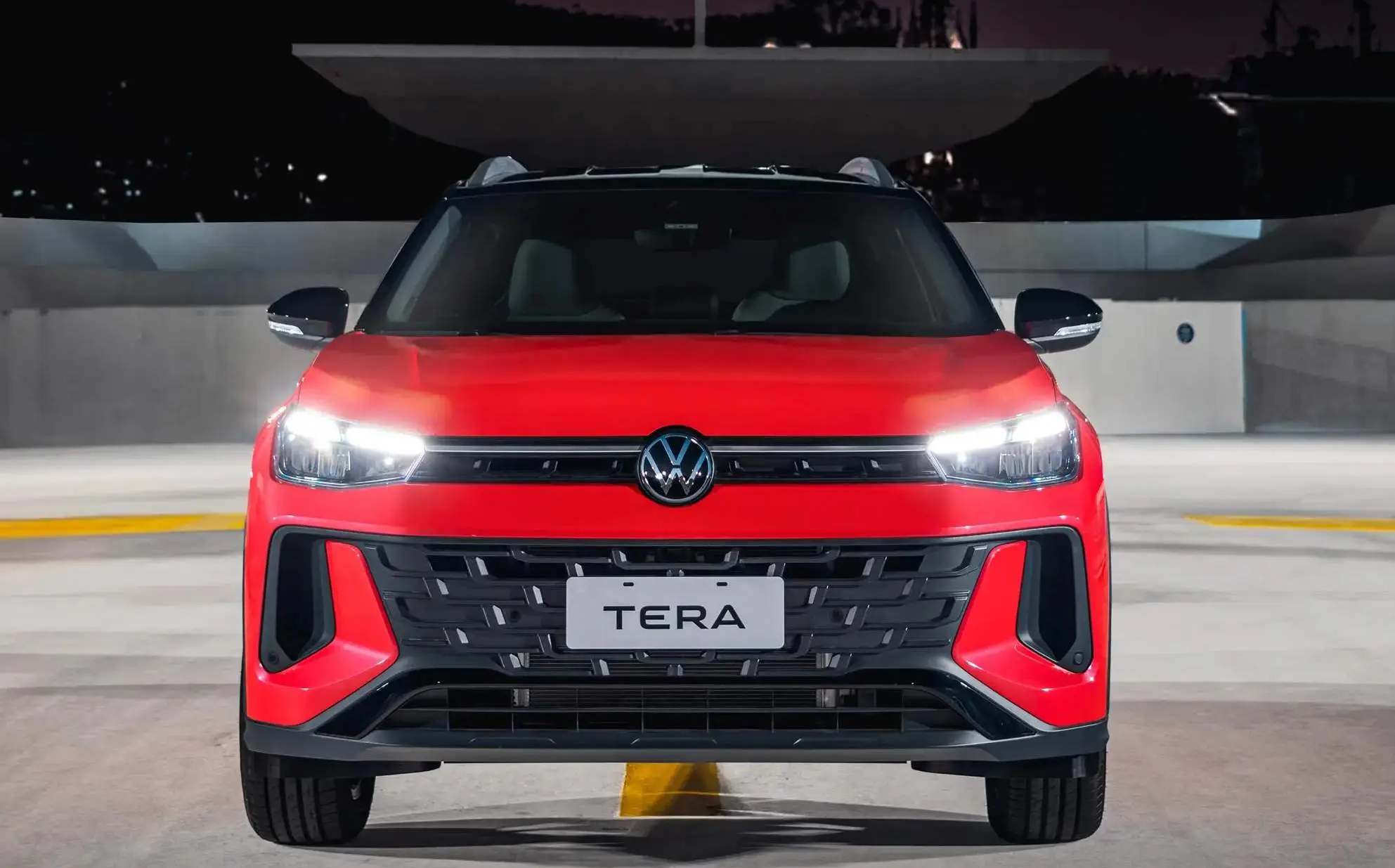
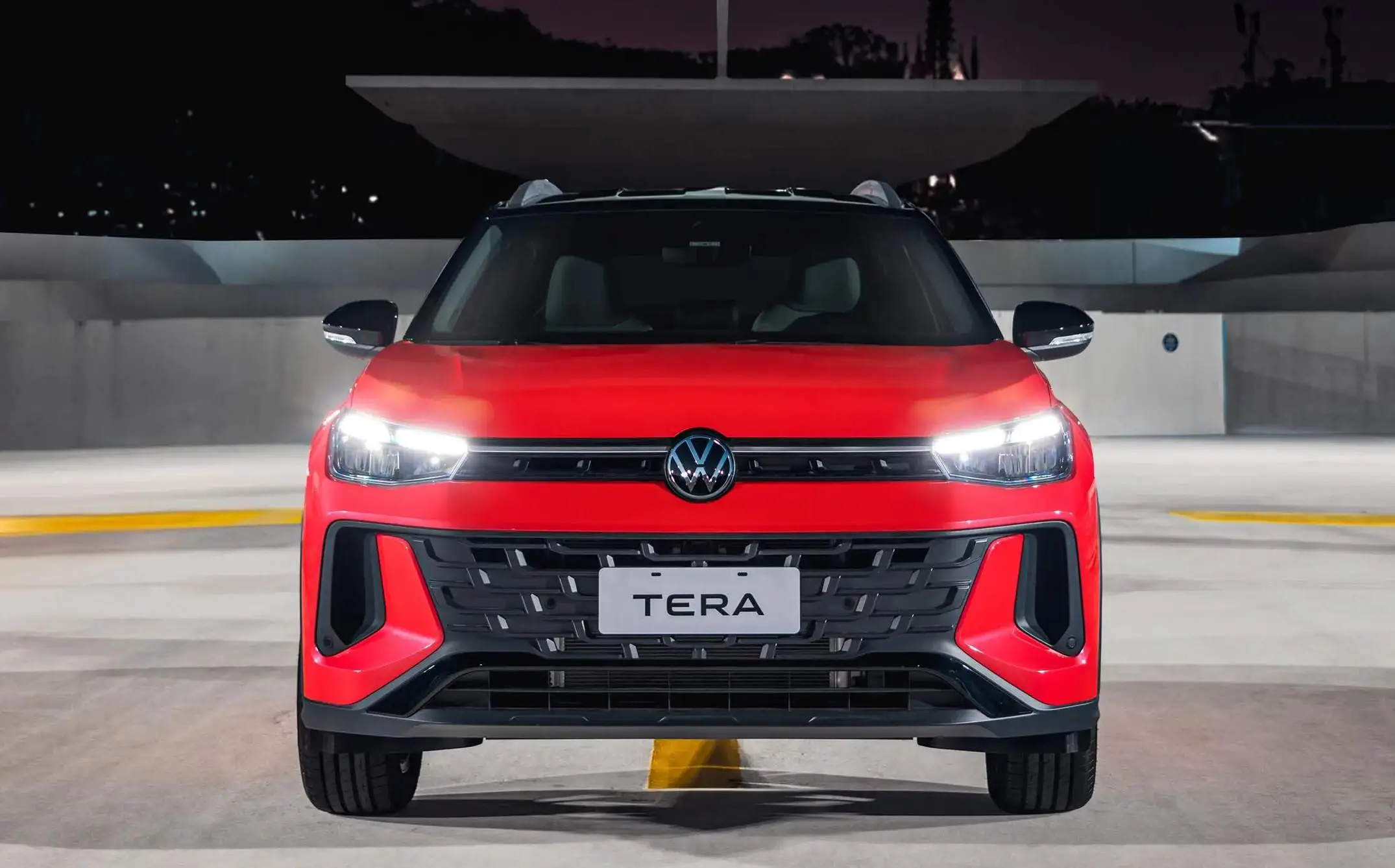
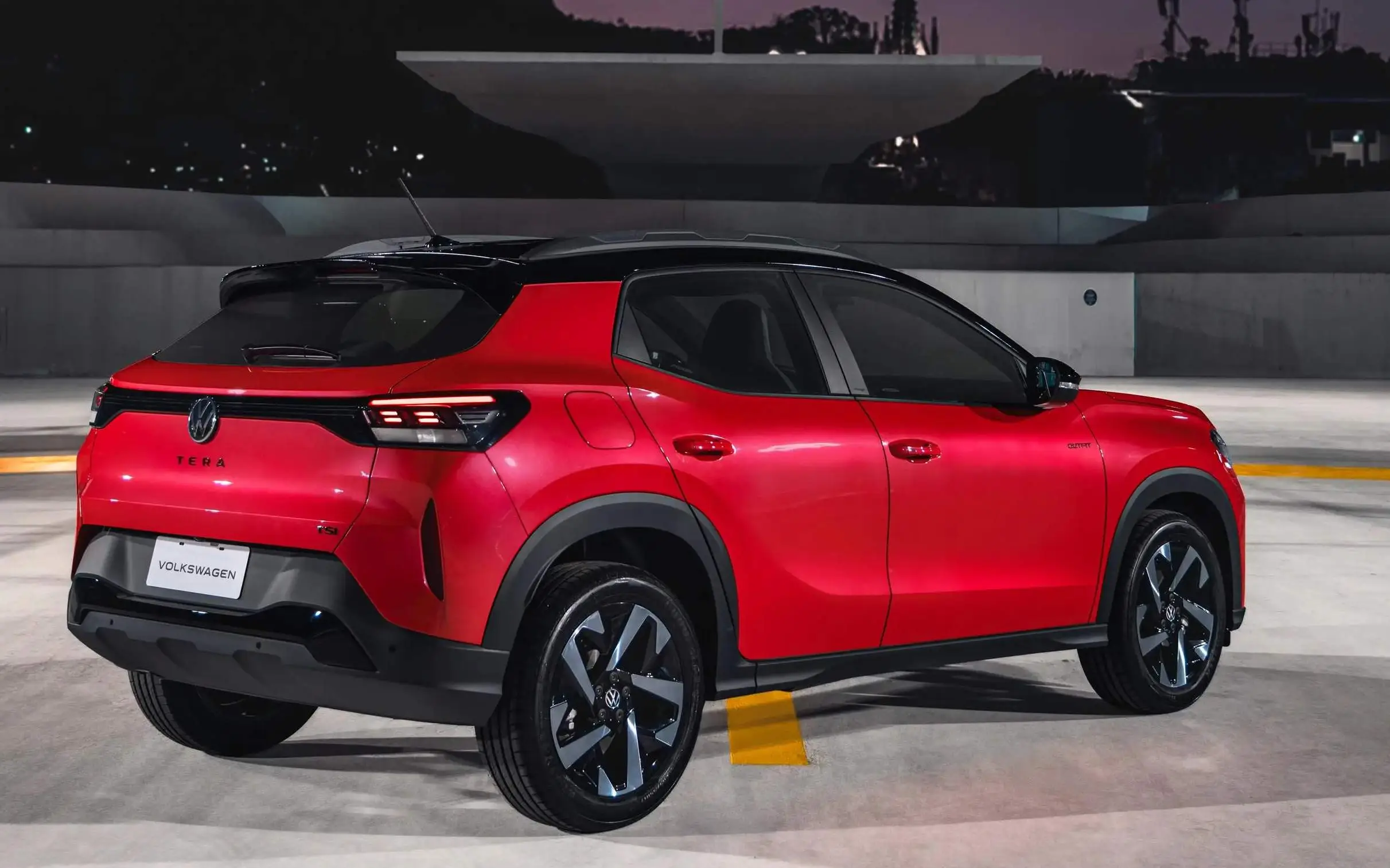
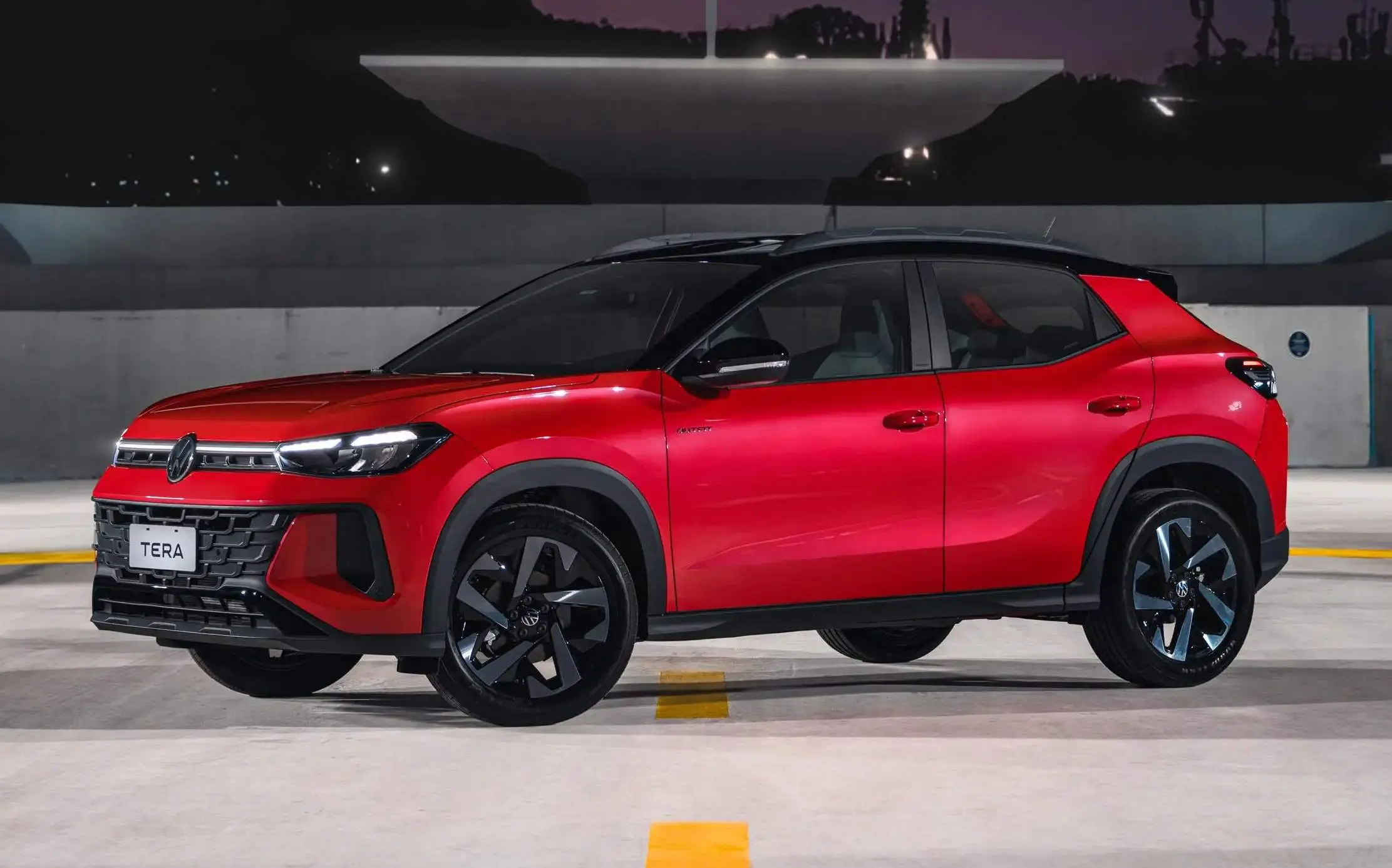
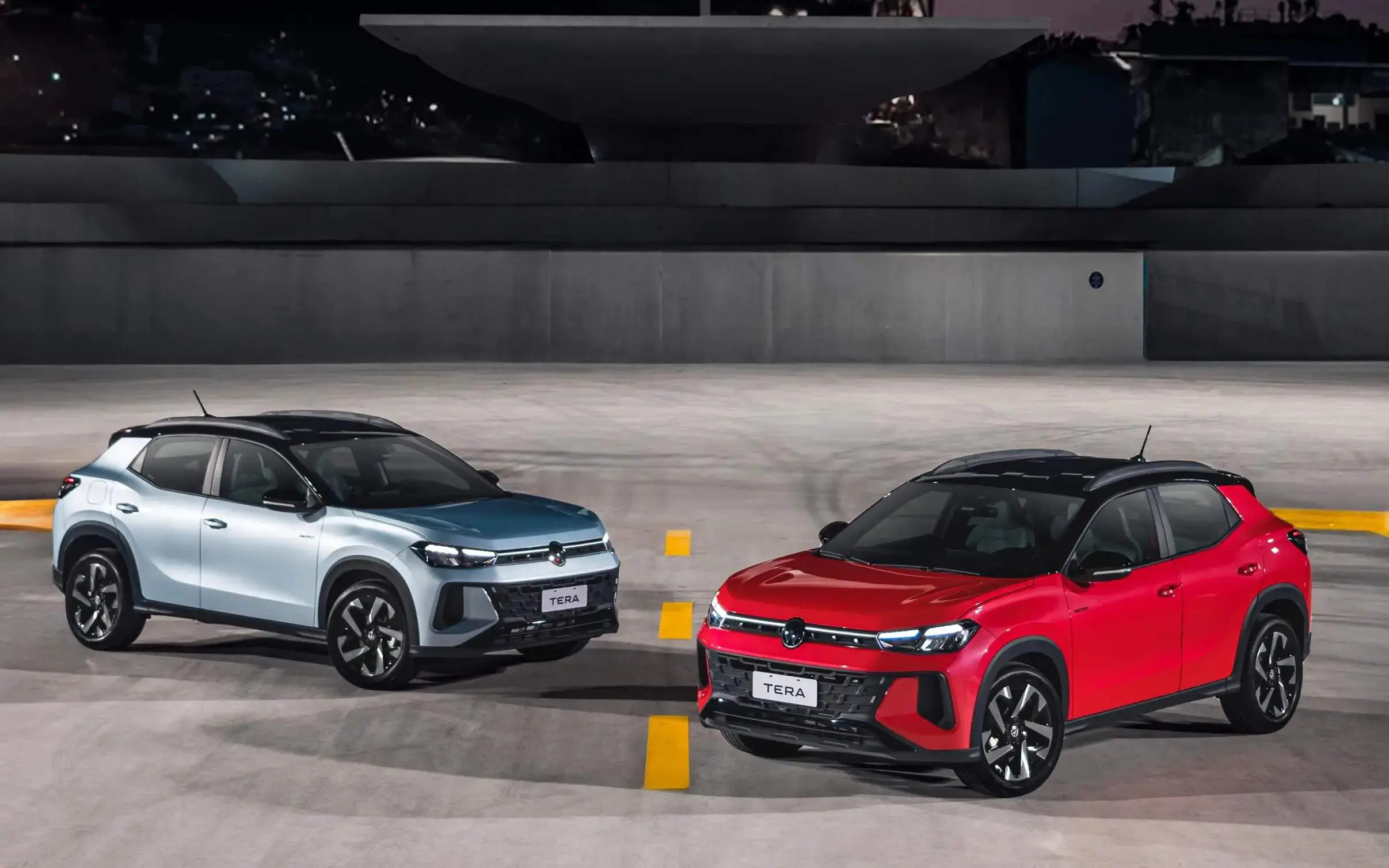

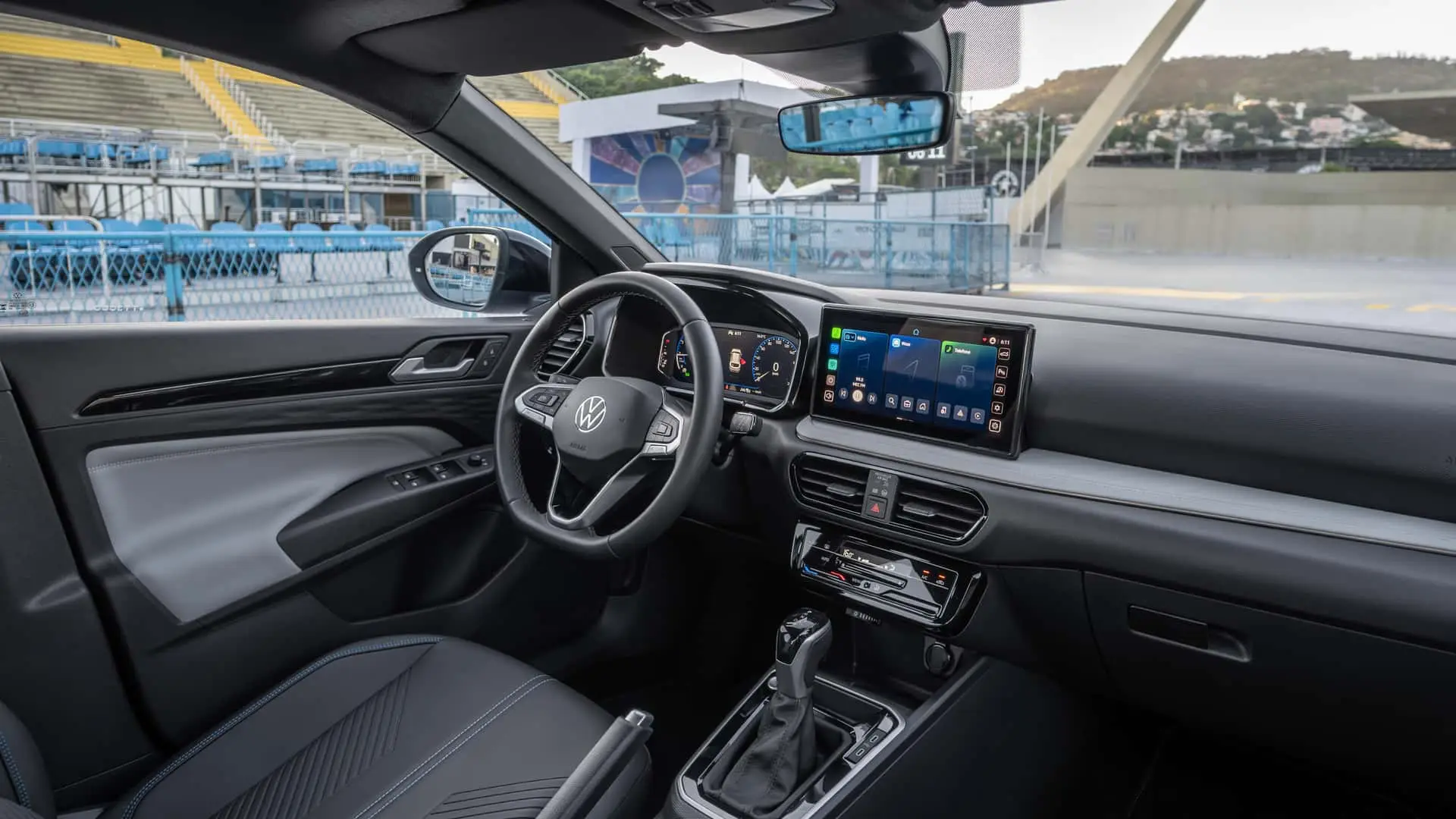
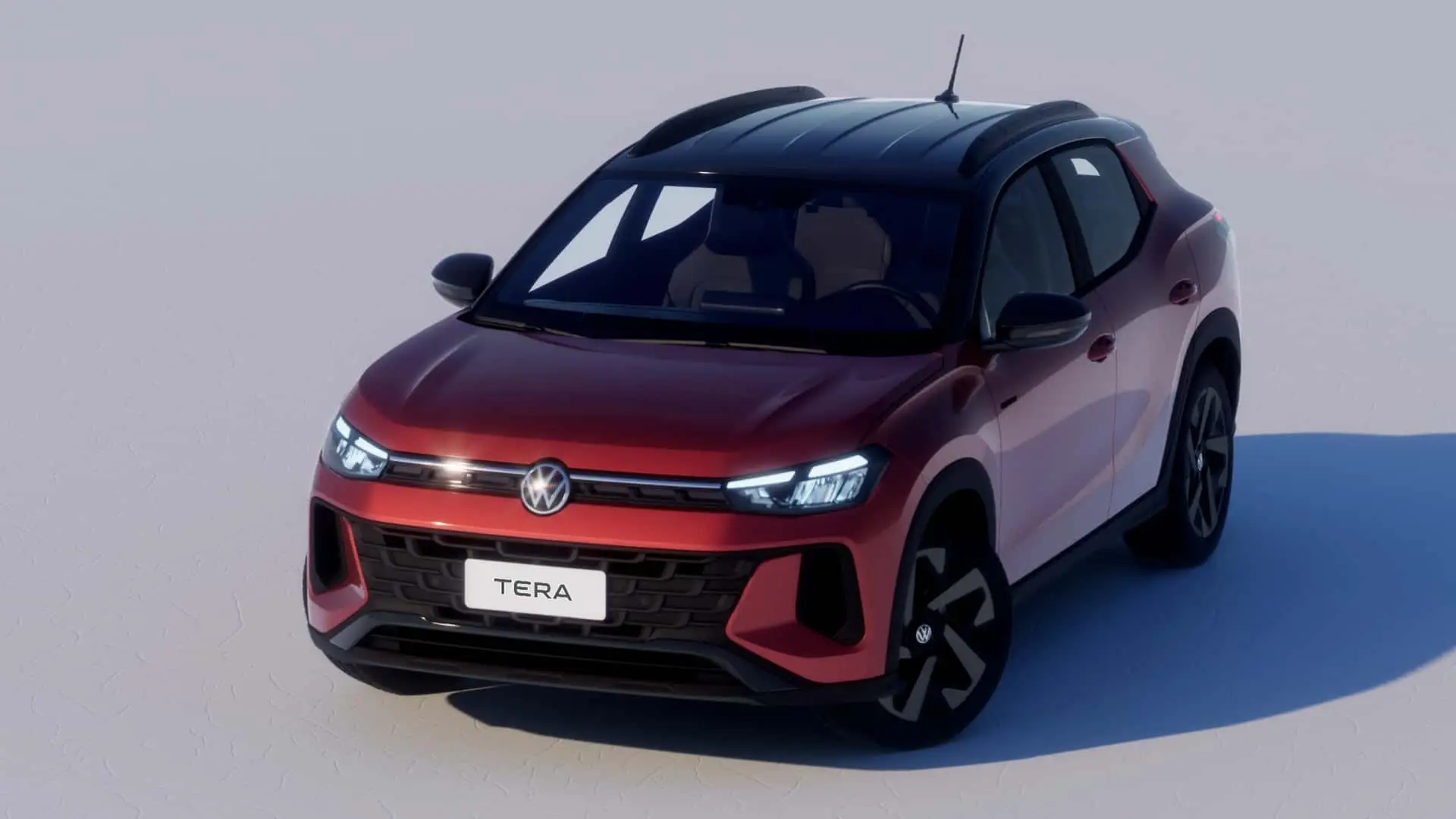
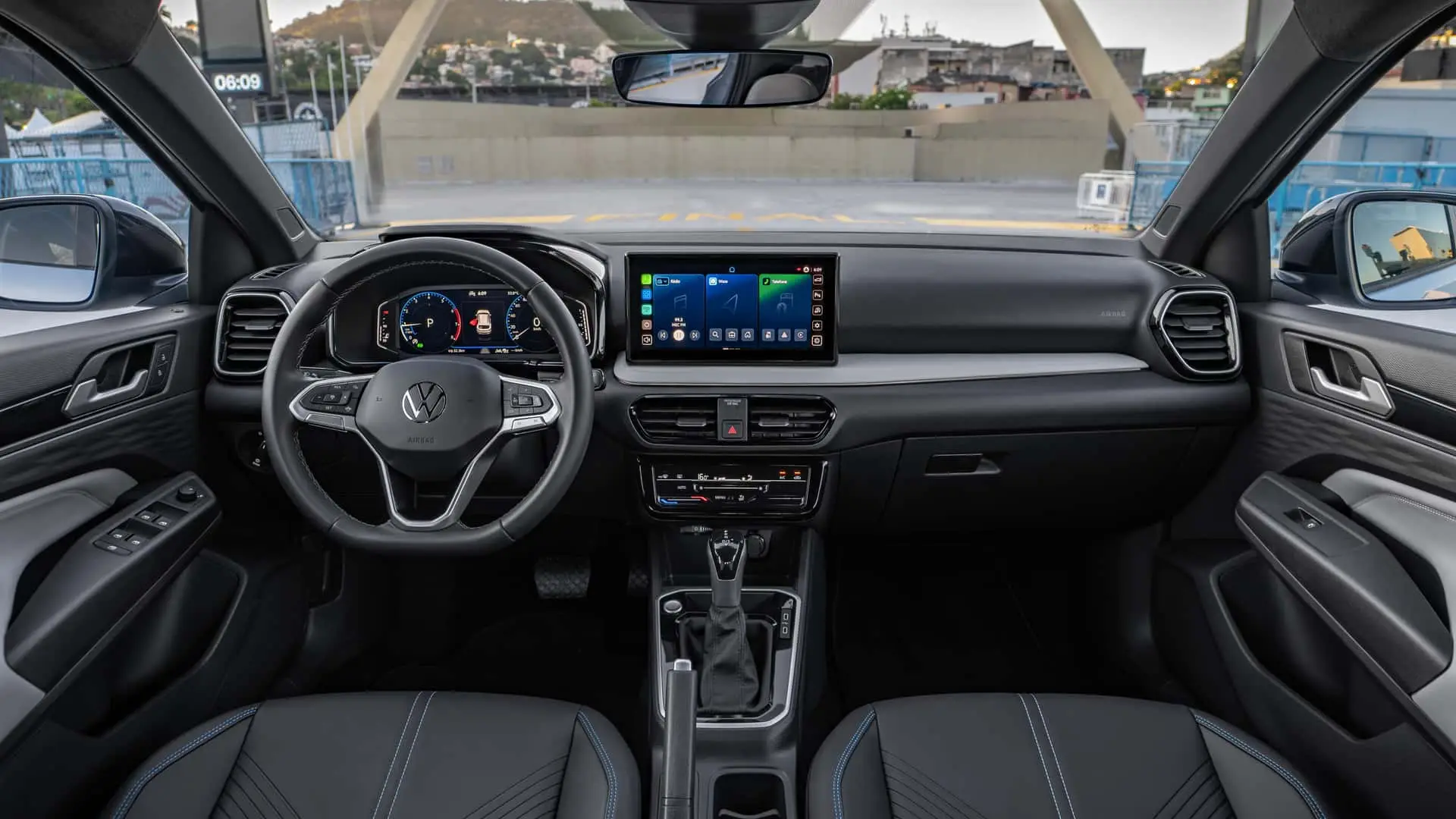
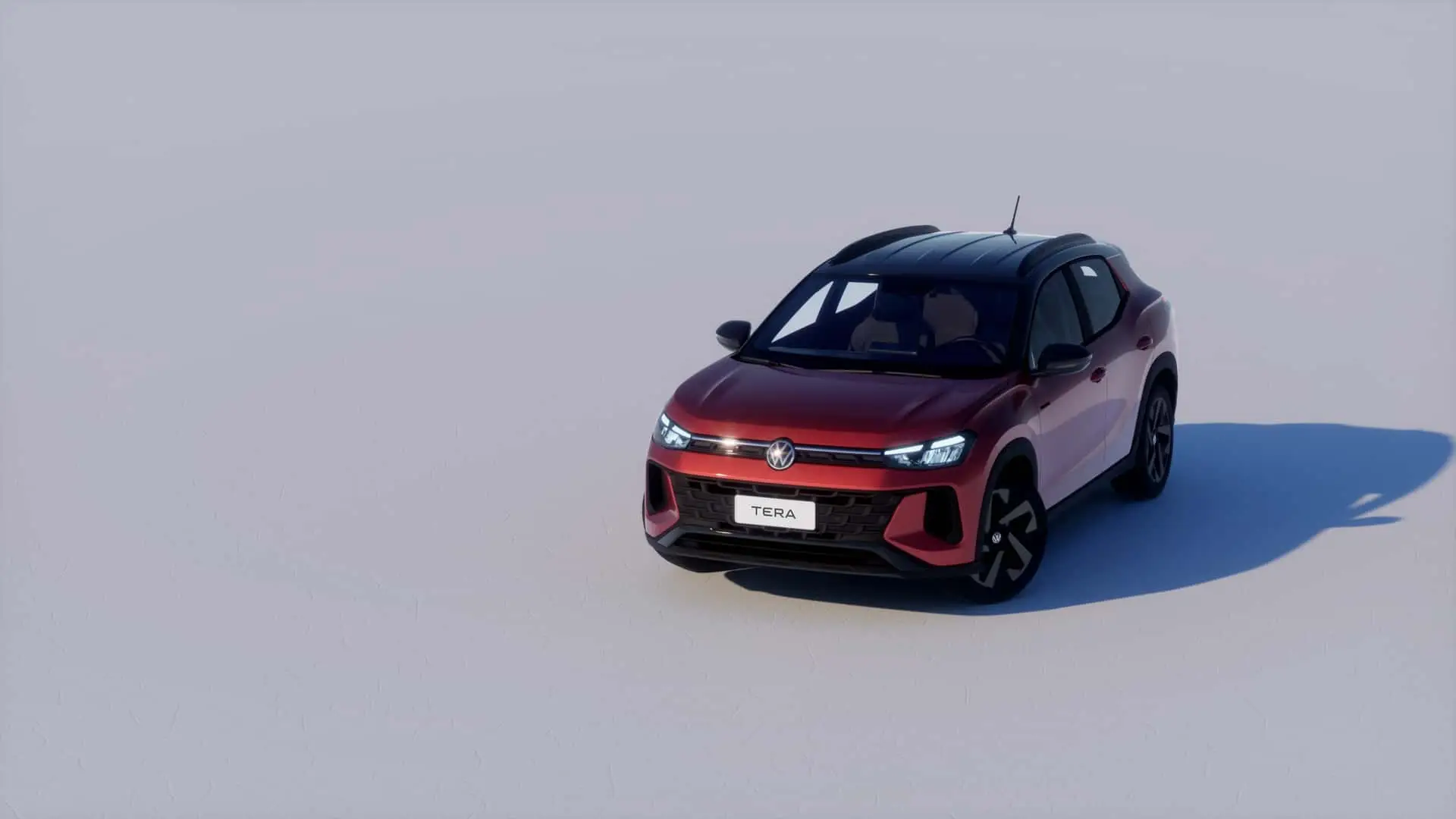
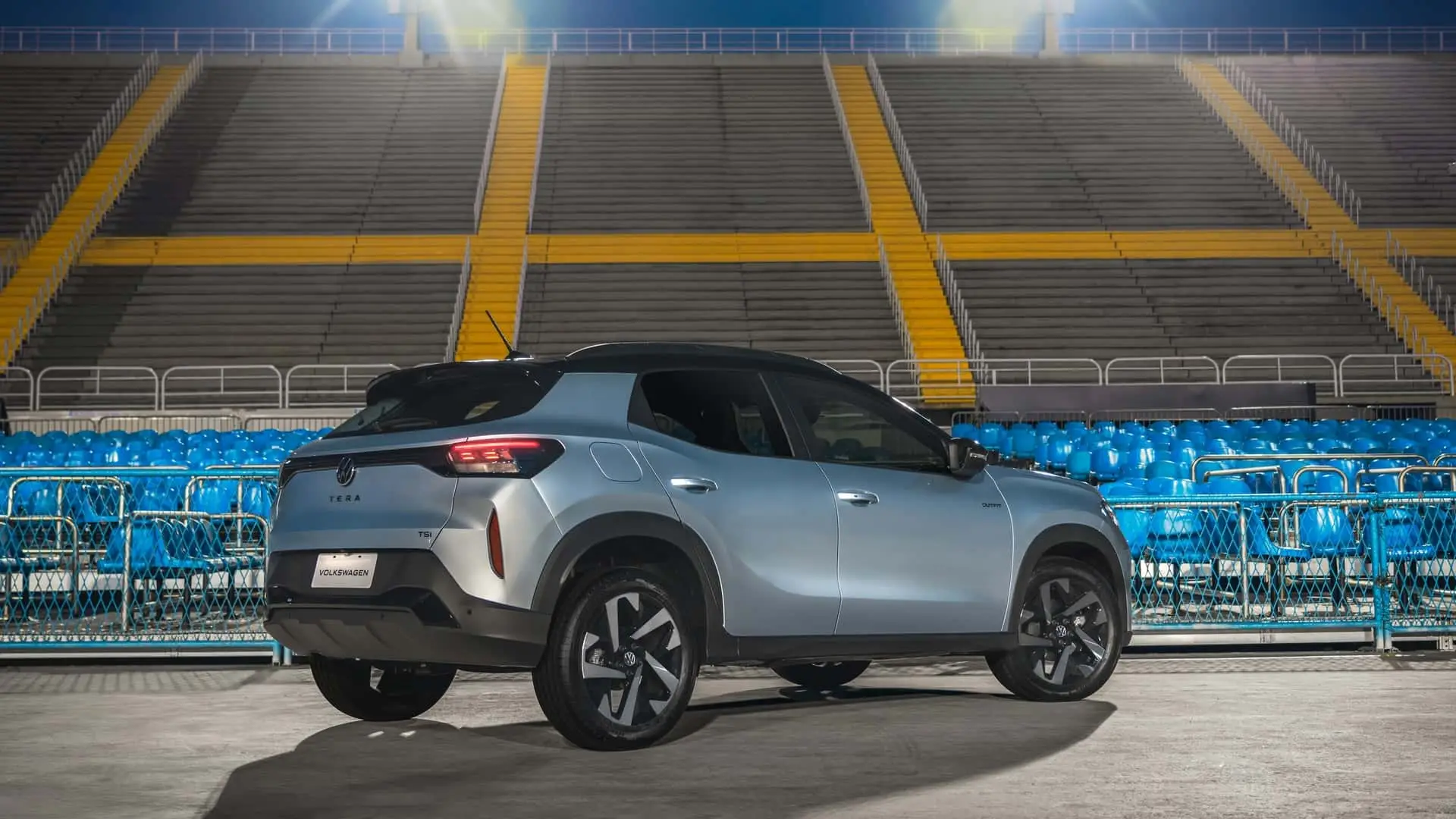
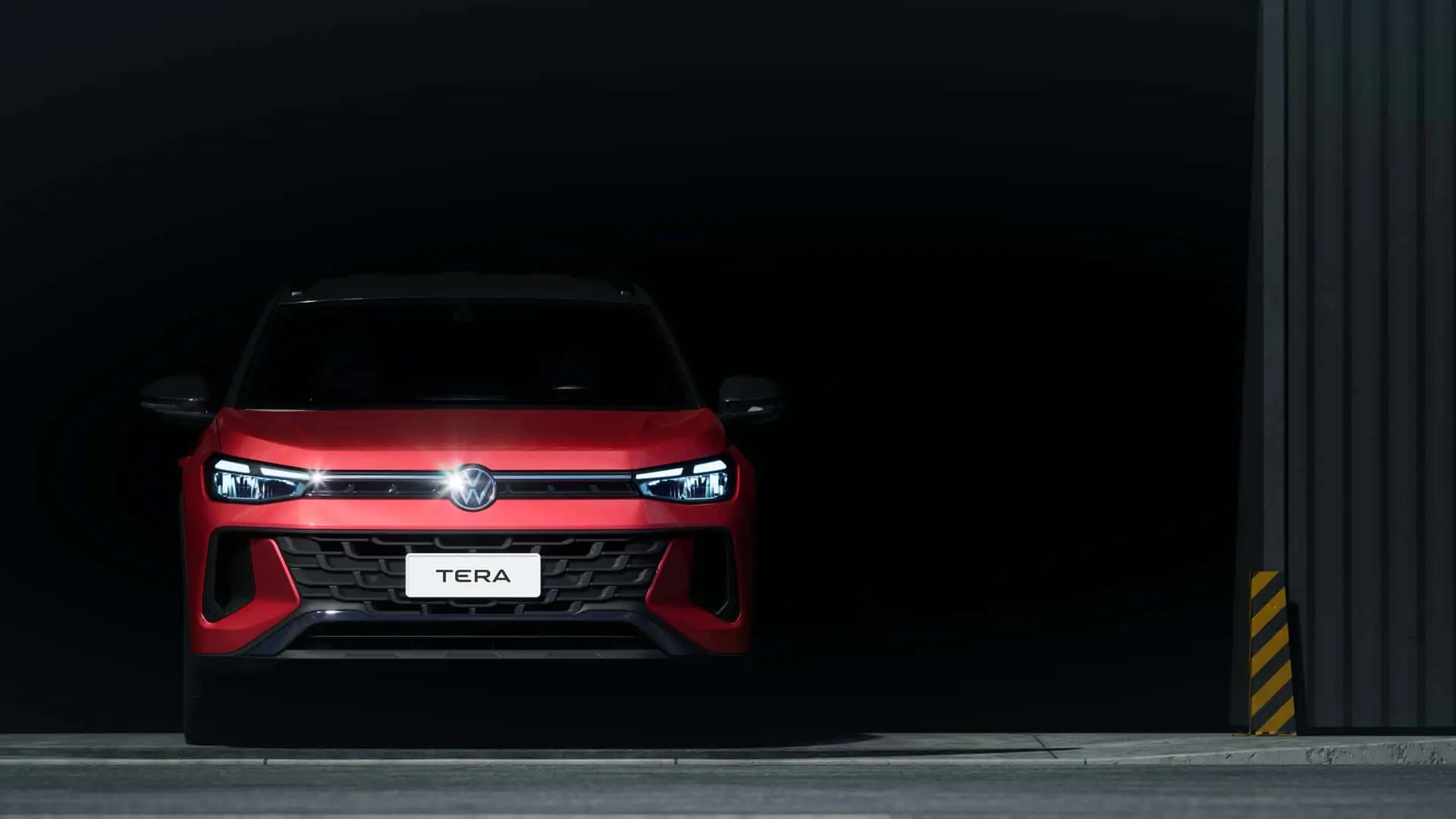
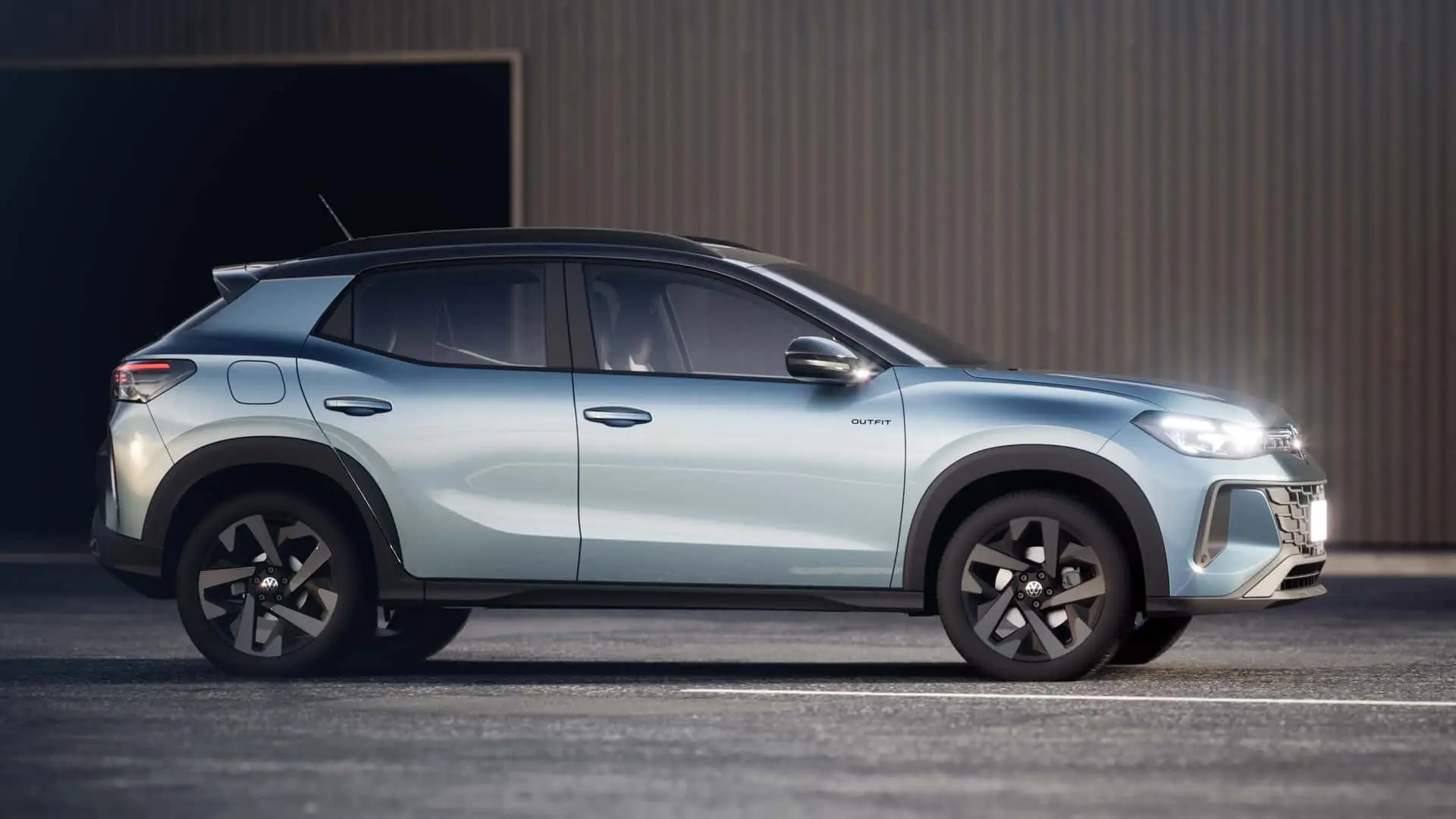

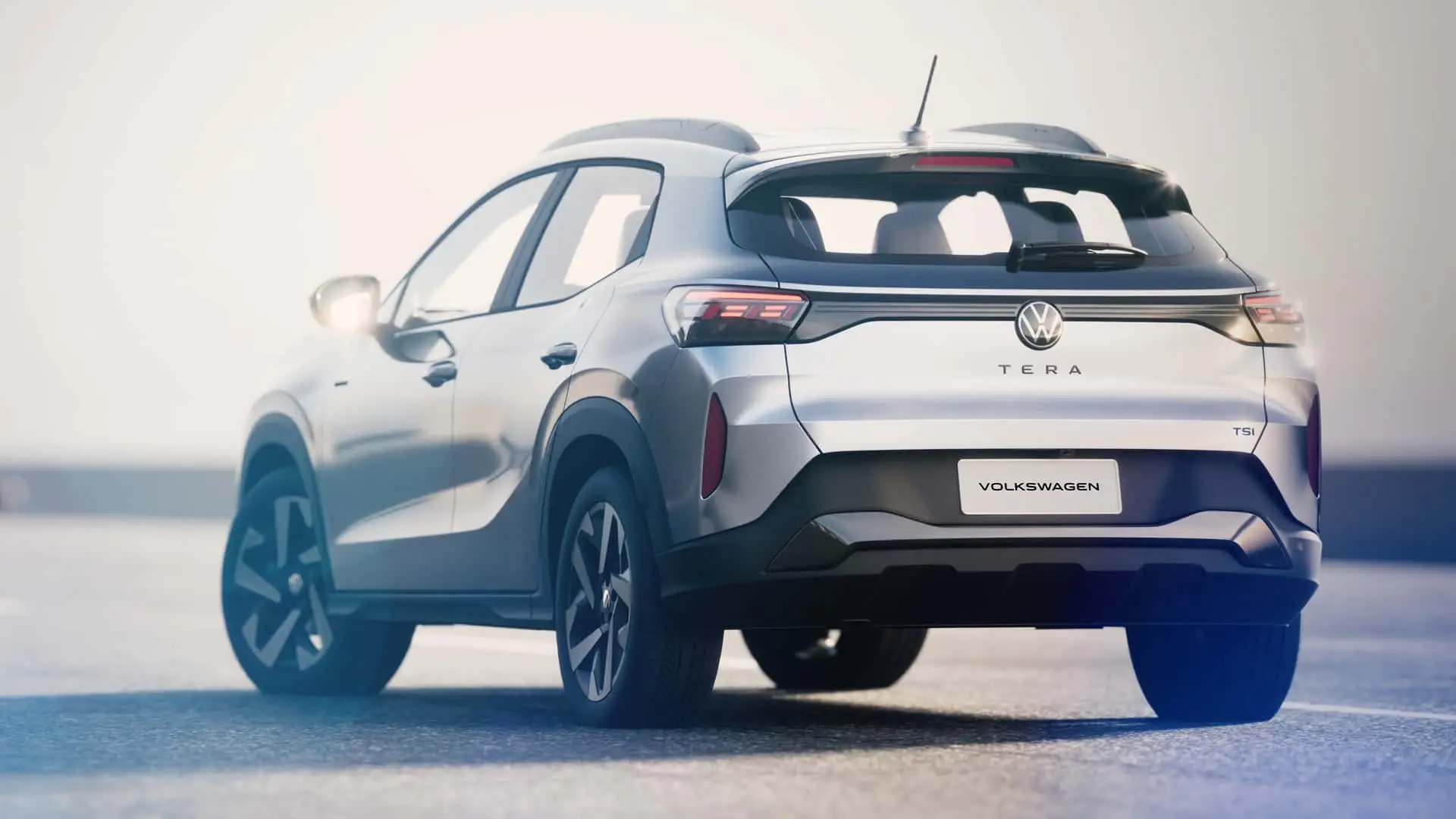
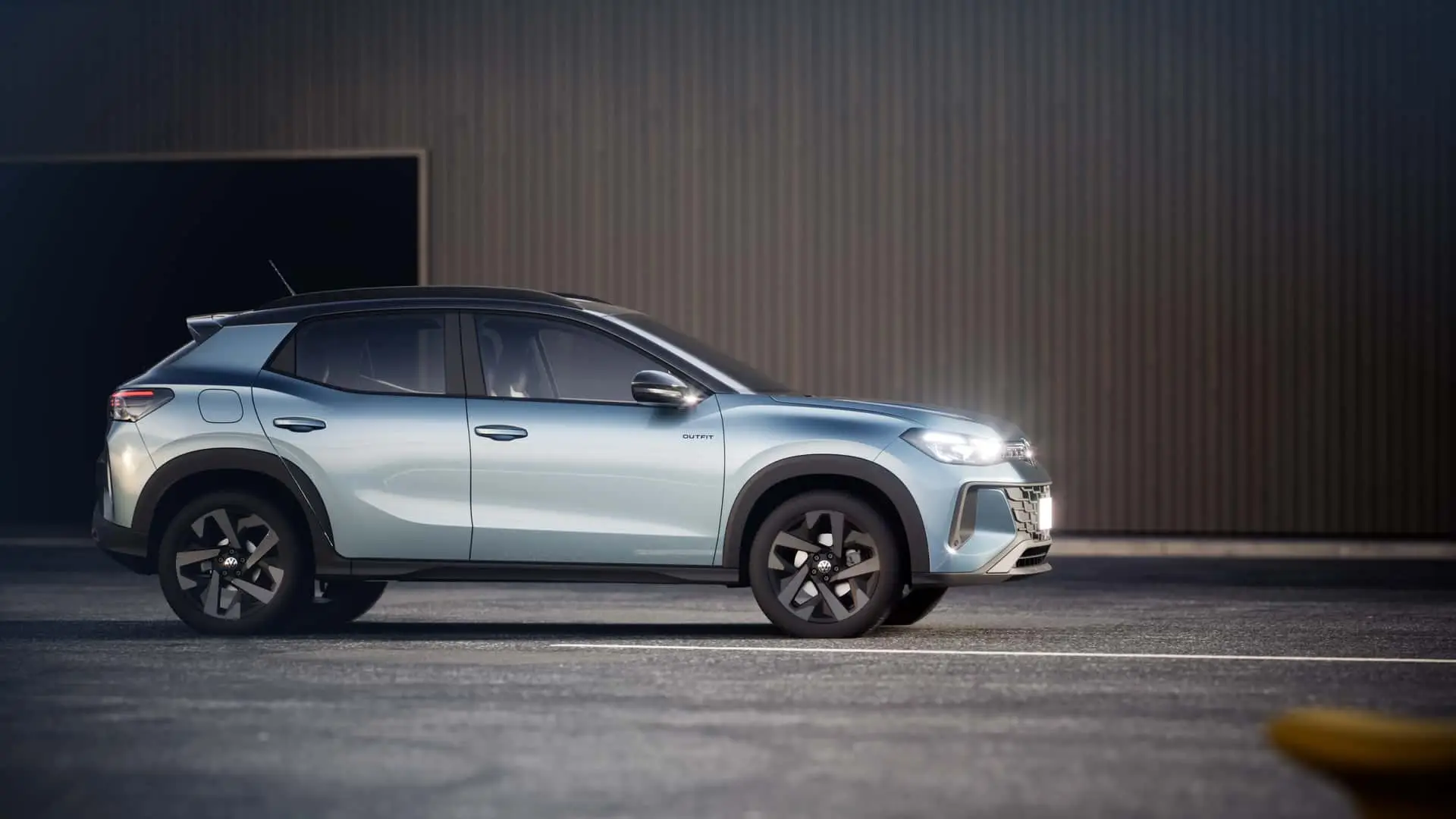
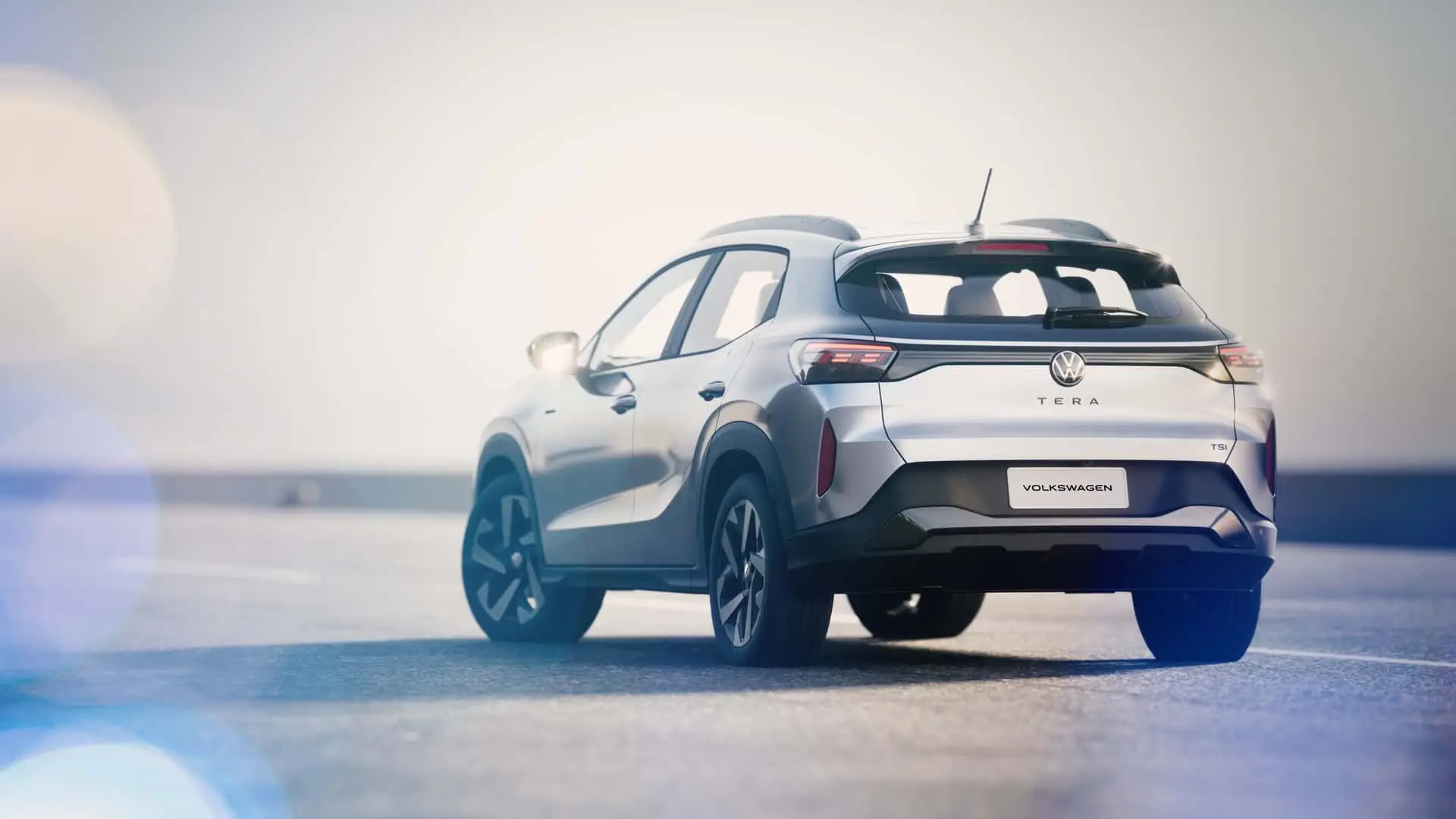
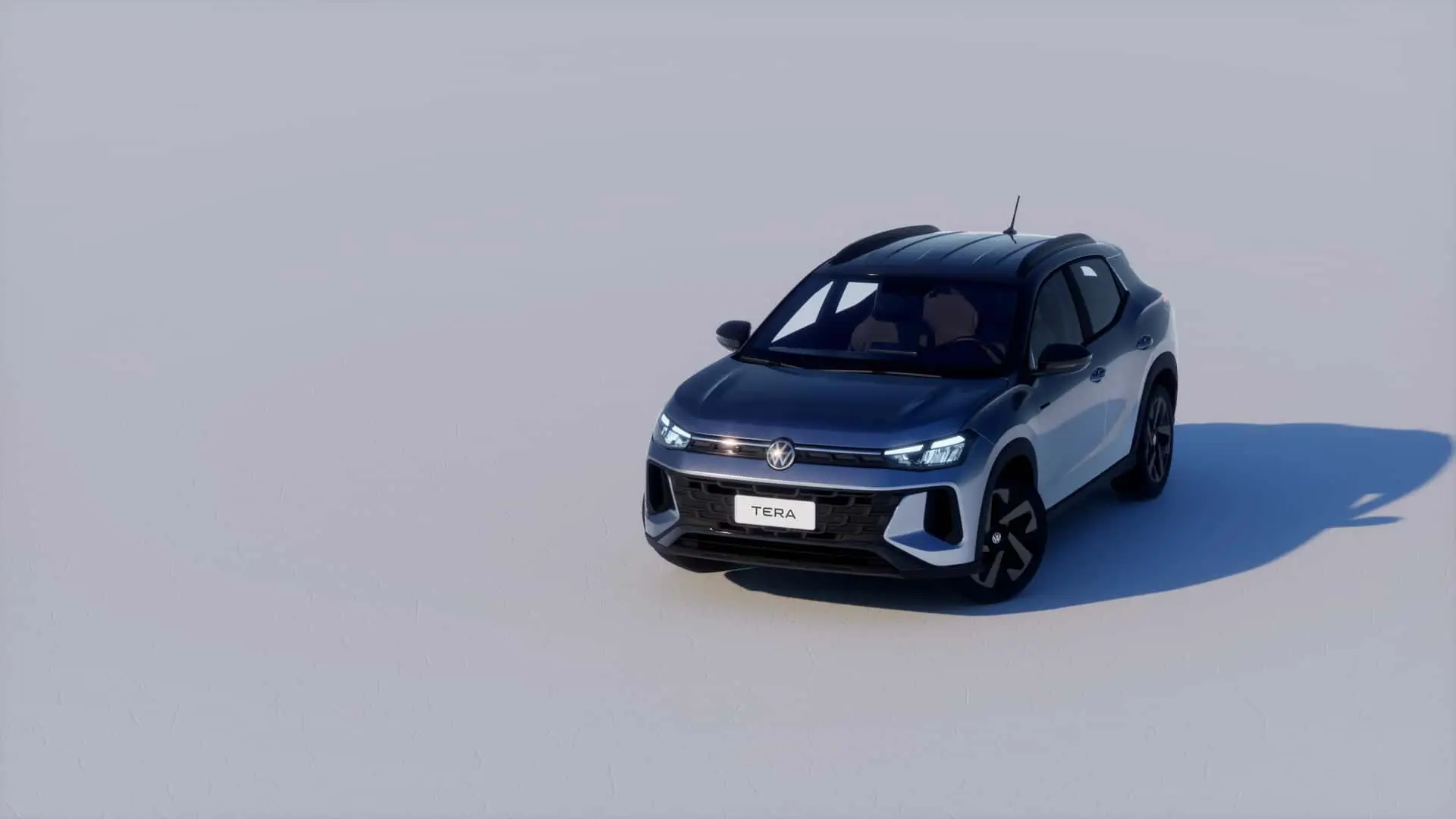



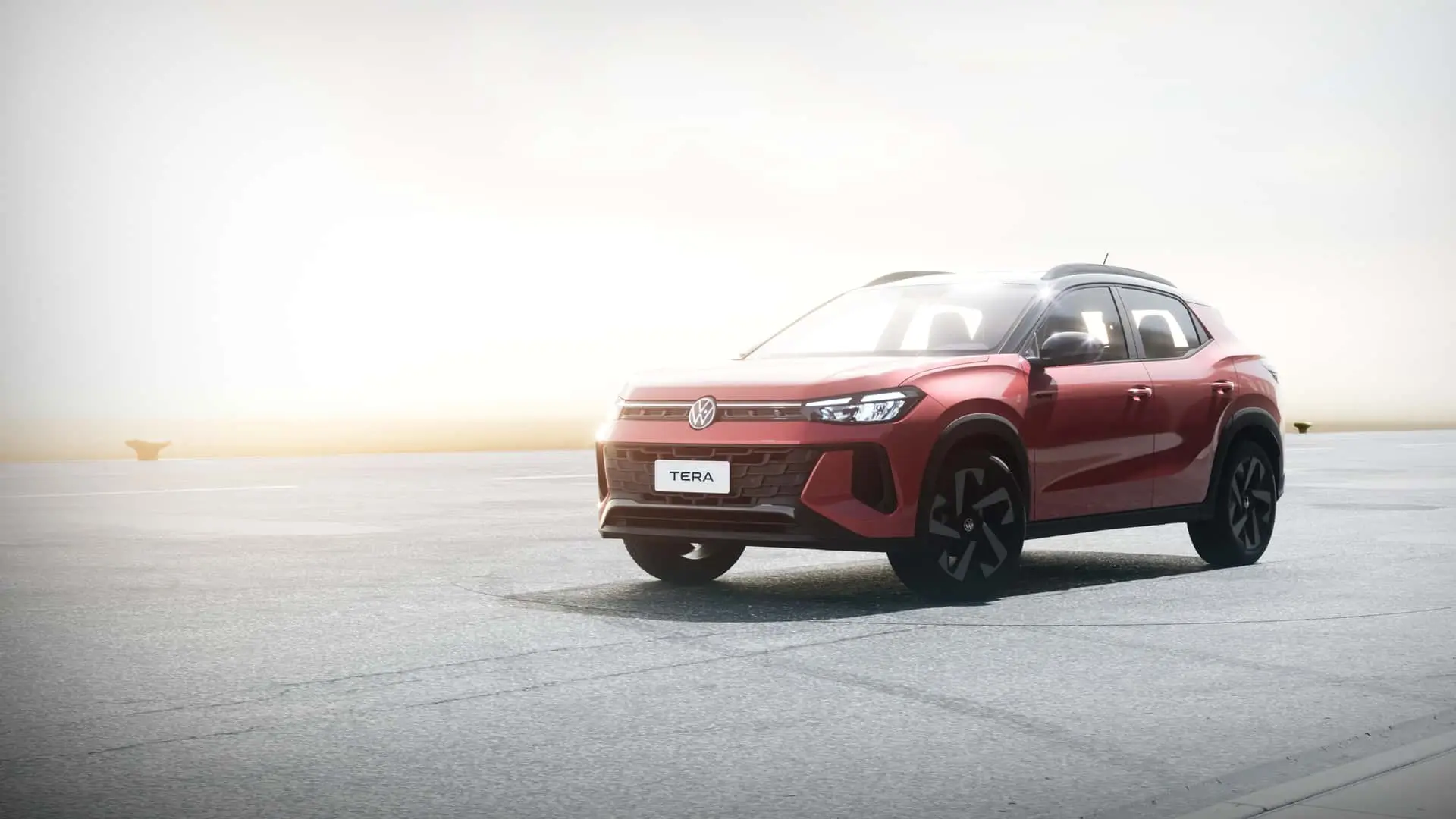
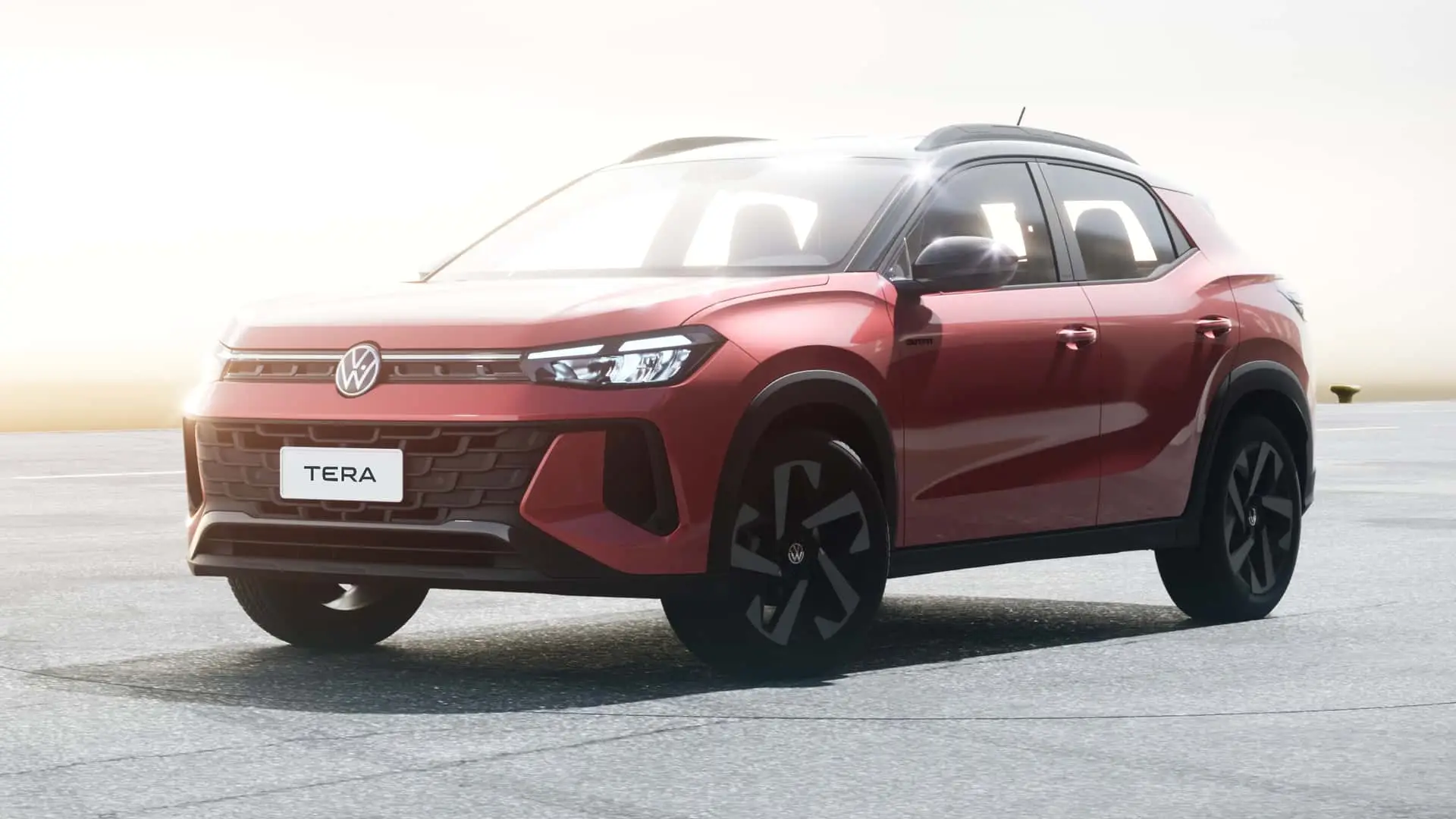
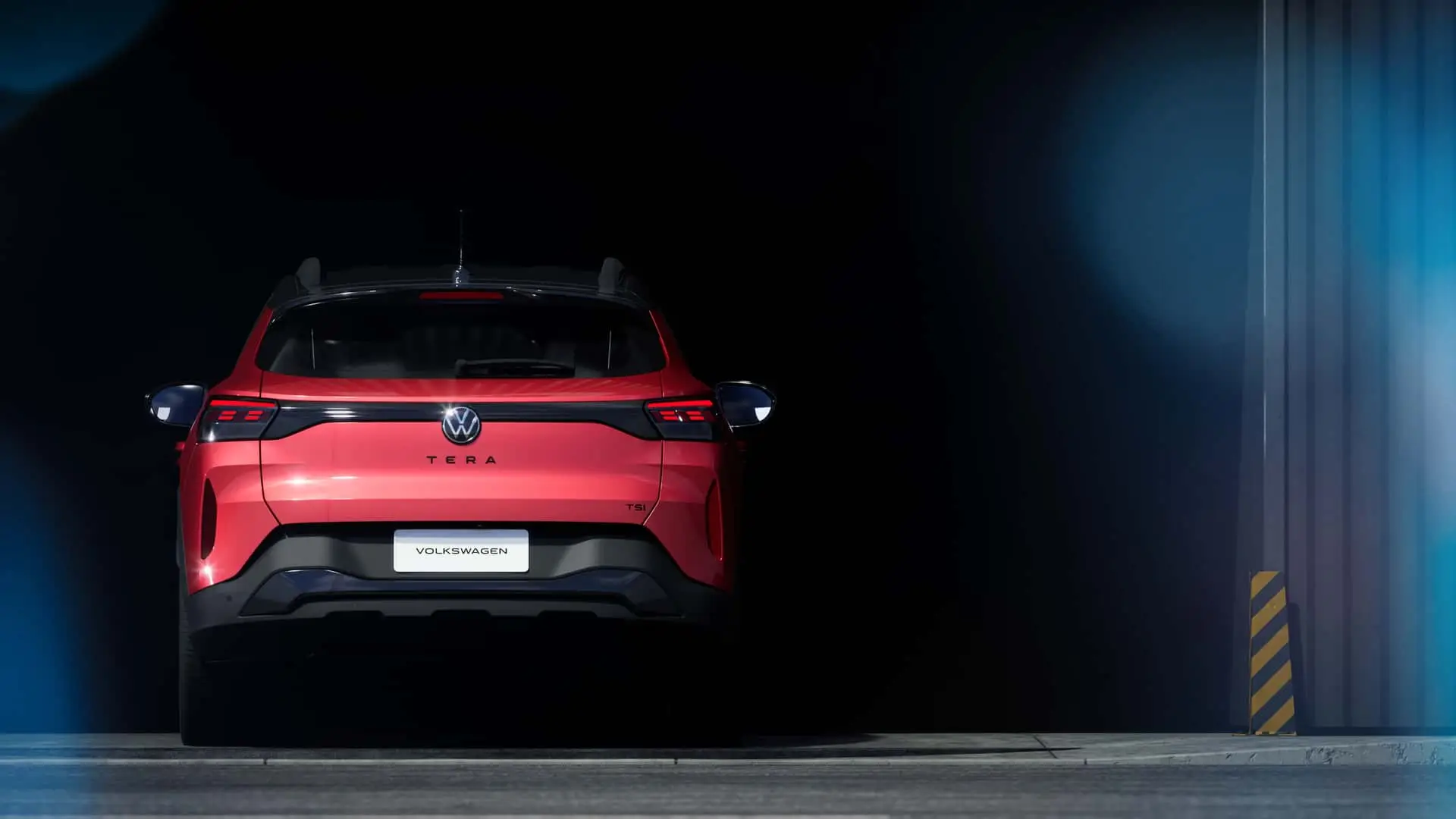

Author: Fabio Isidoro
Founder and editor-in-chief of Canal Carro, he dedicates himself to exploring the automotive universe with depth and passion. A car and technology enthusiast, he produces technical content and in-depth analyses of national and international vehicles, combining quality information with a critical eye for the public.

